
Search :
Menu
Newsletter
Hurghada
VIP Mega Luxor 2 days with hungarian speaking guide
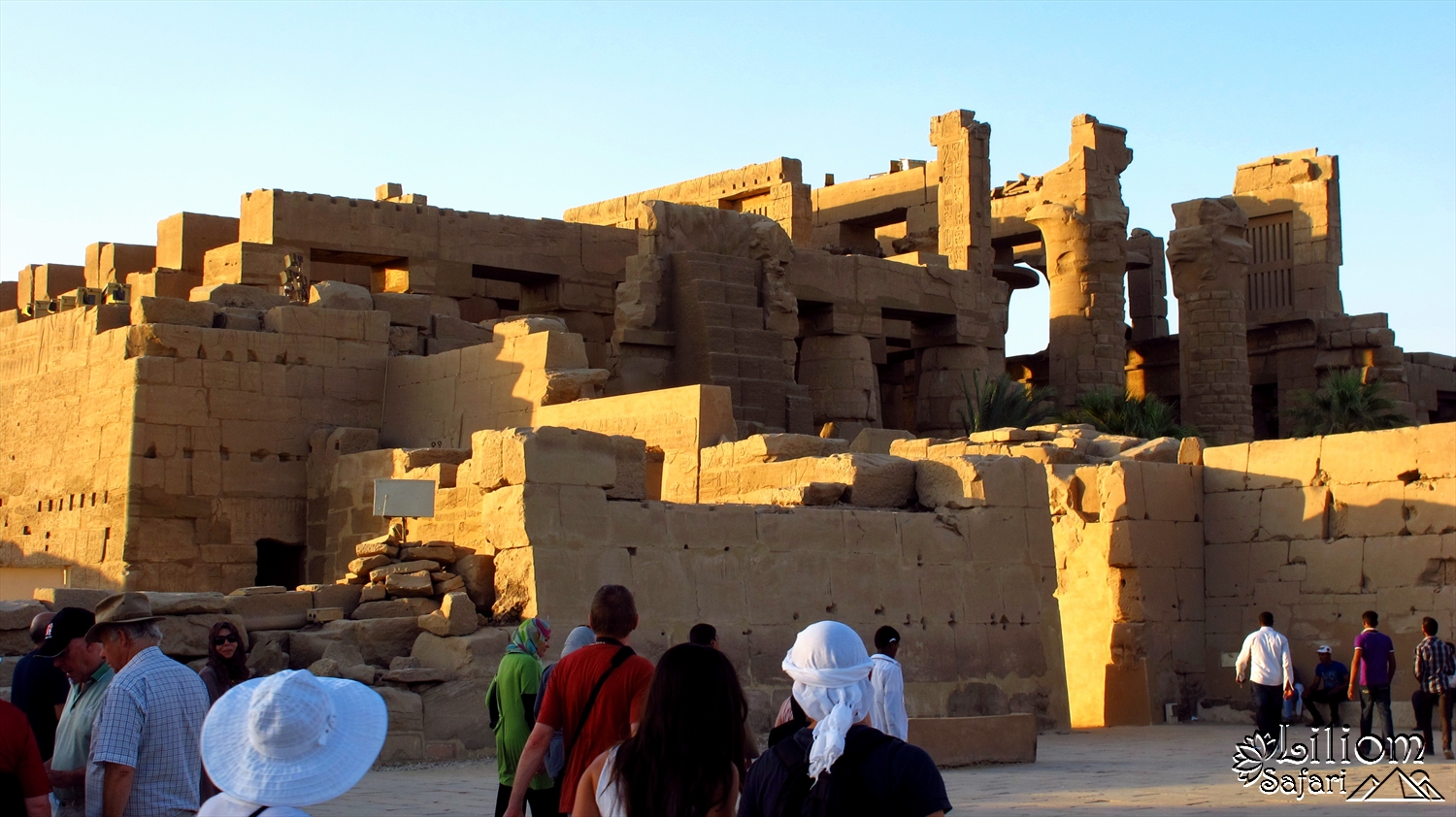
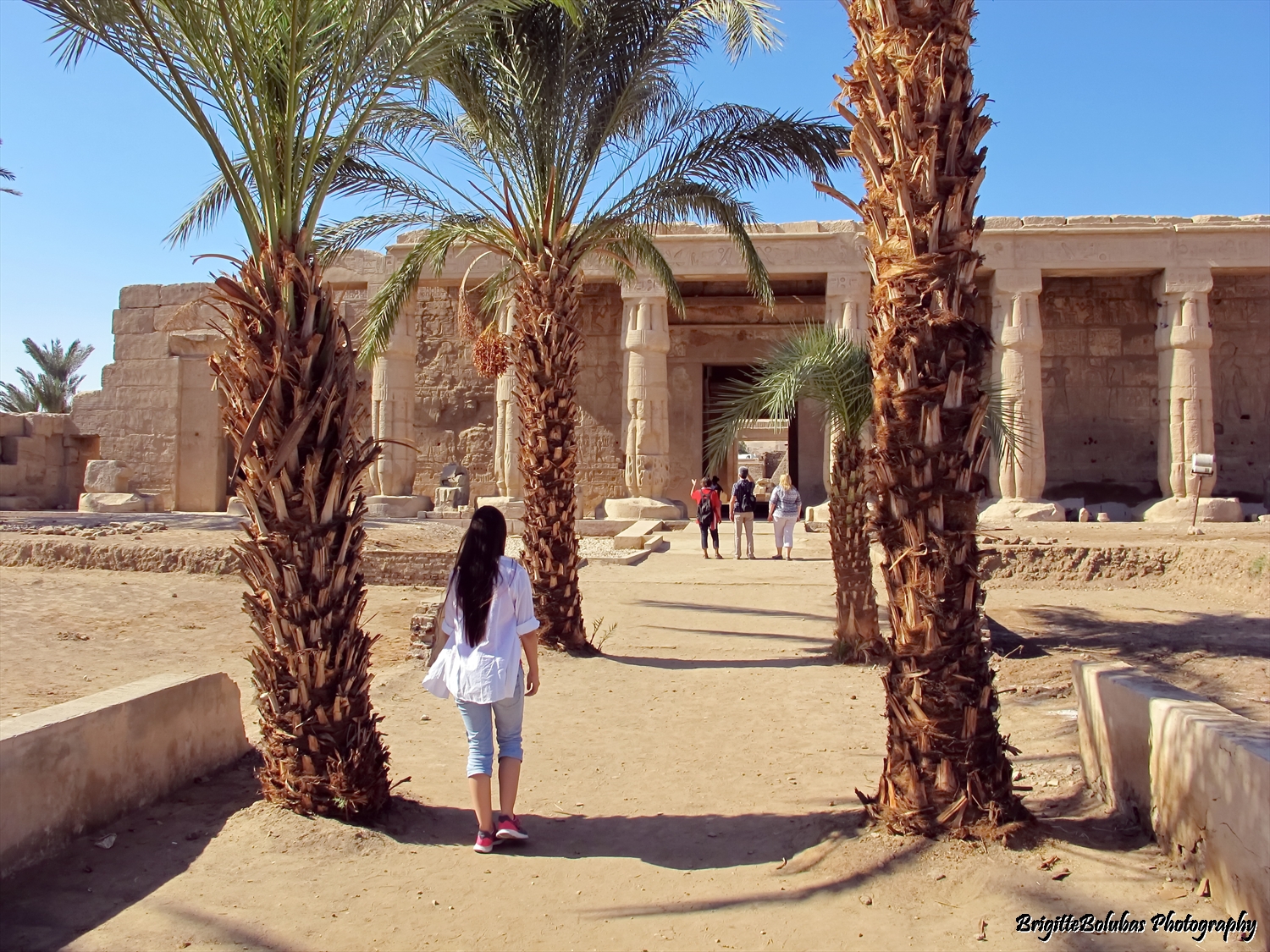
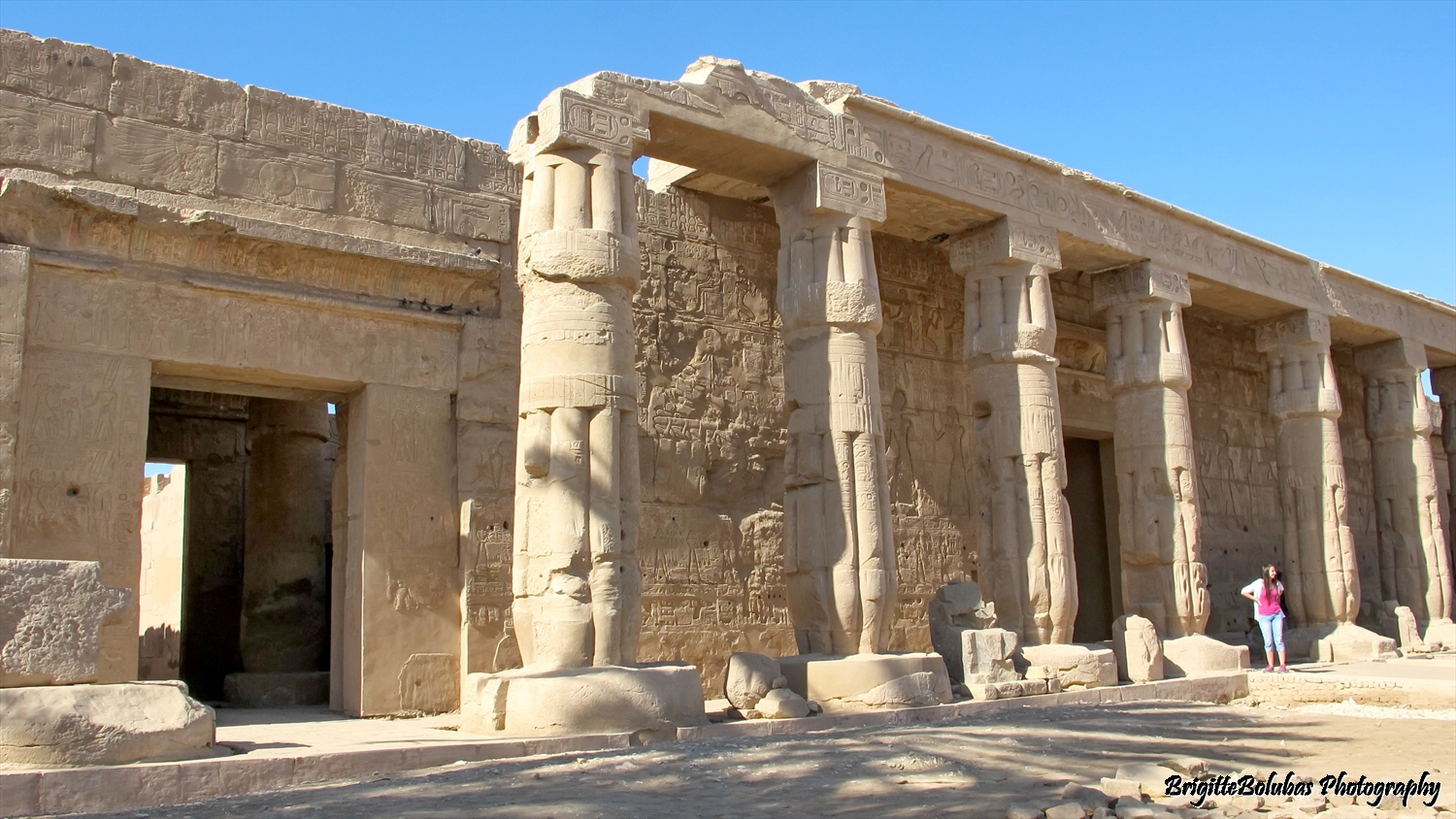
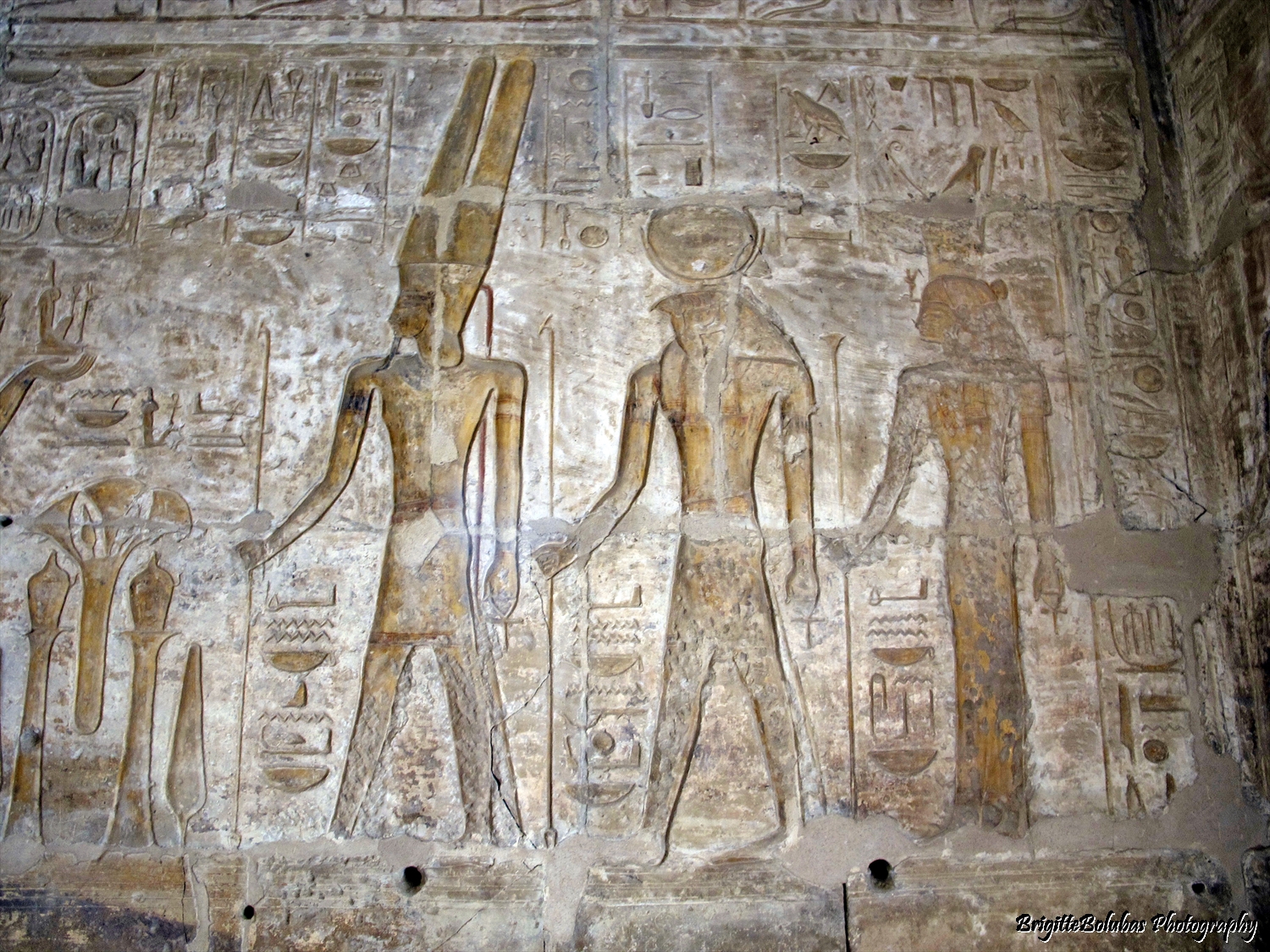
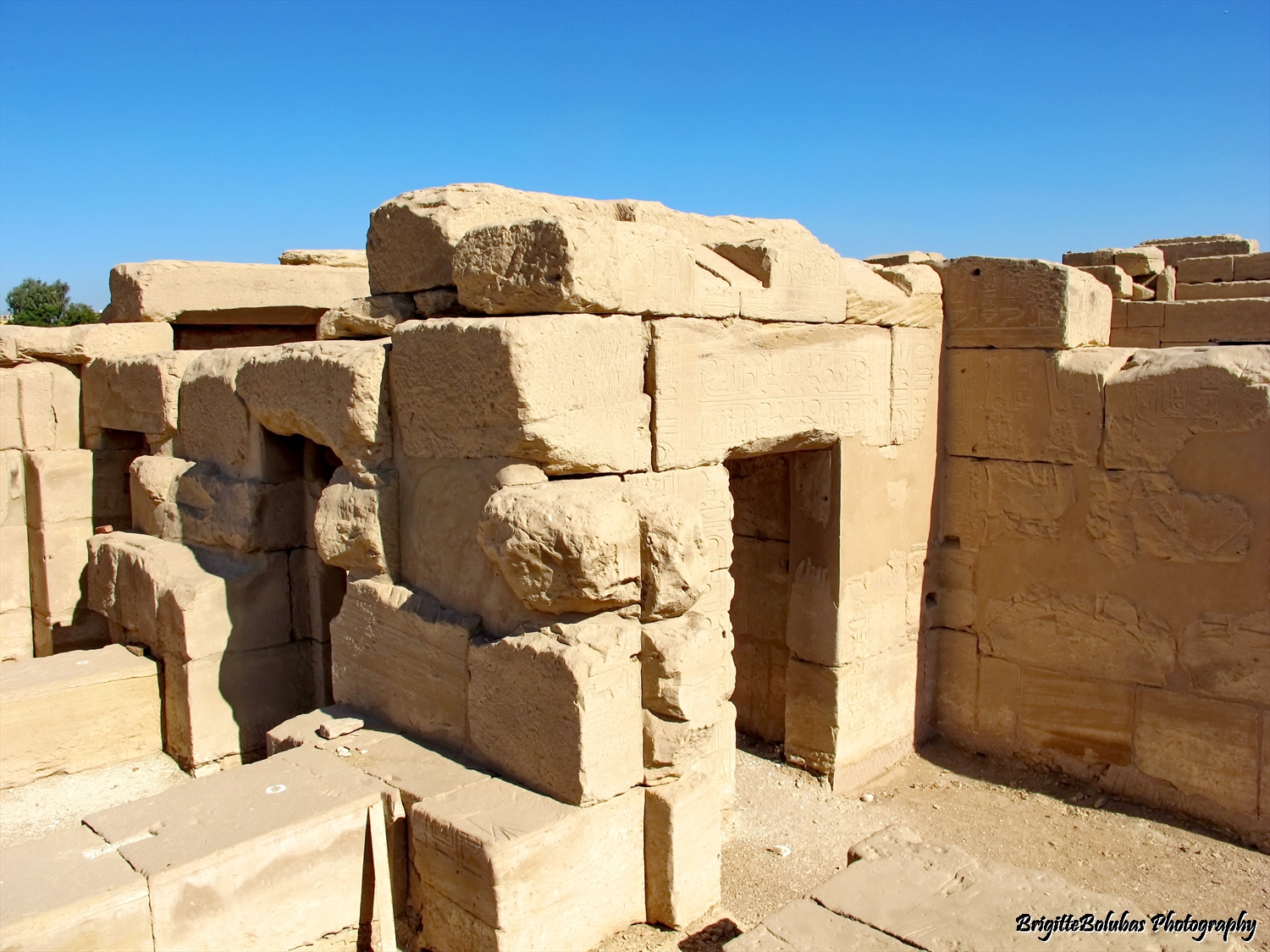
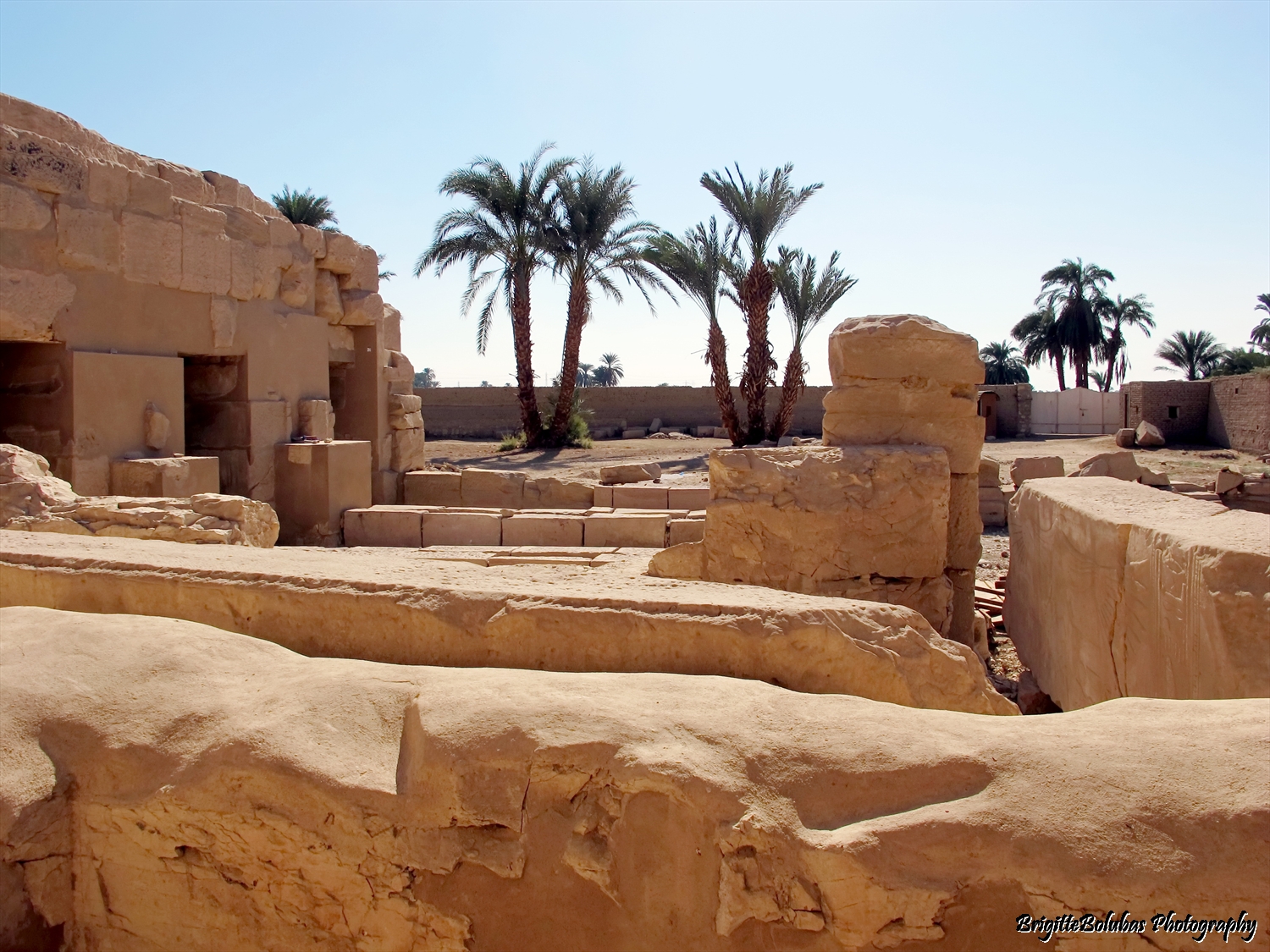

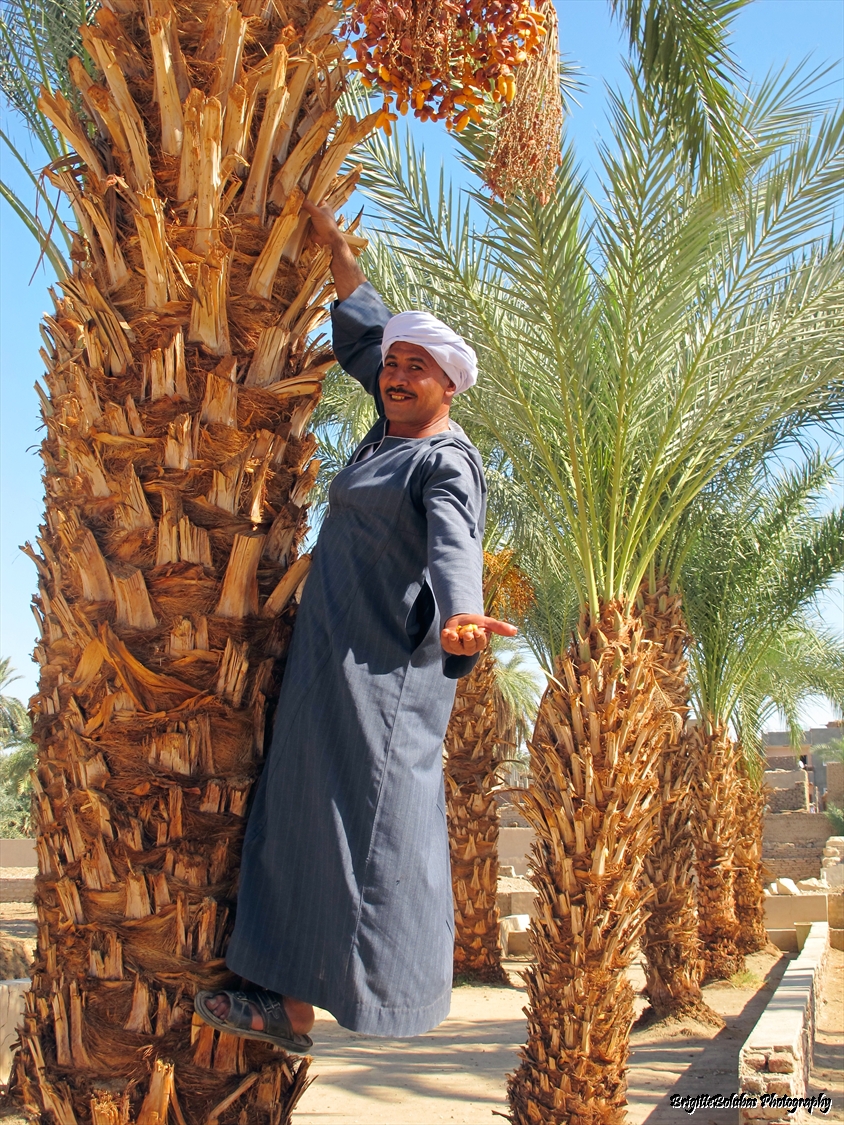
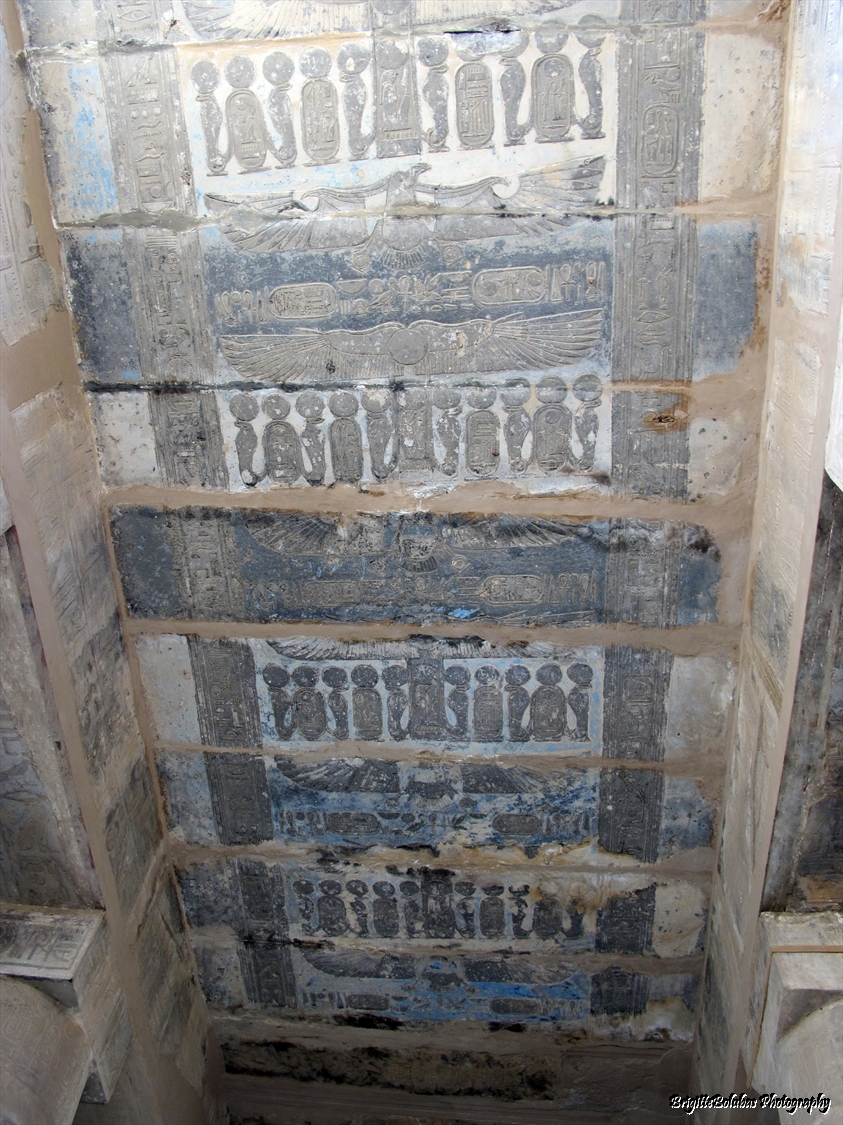
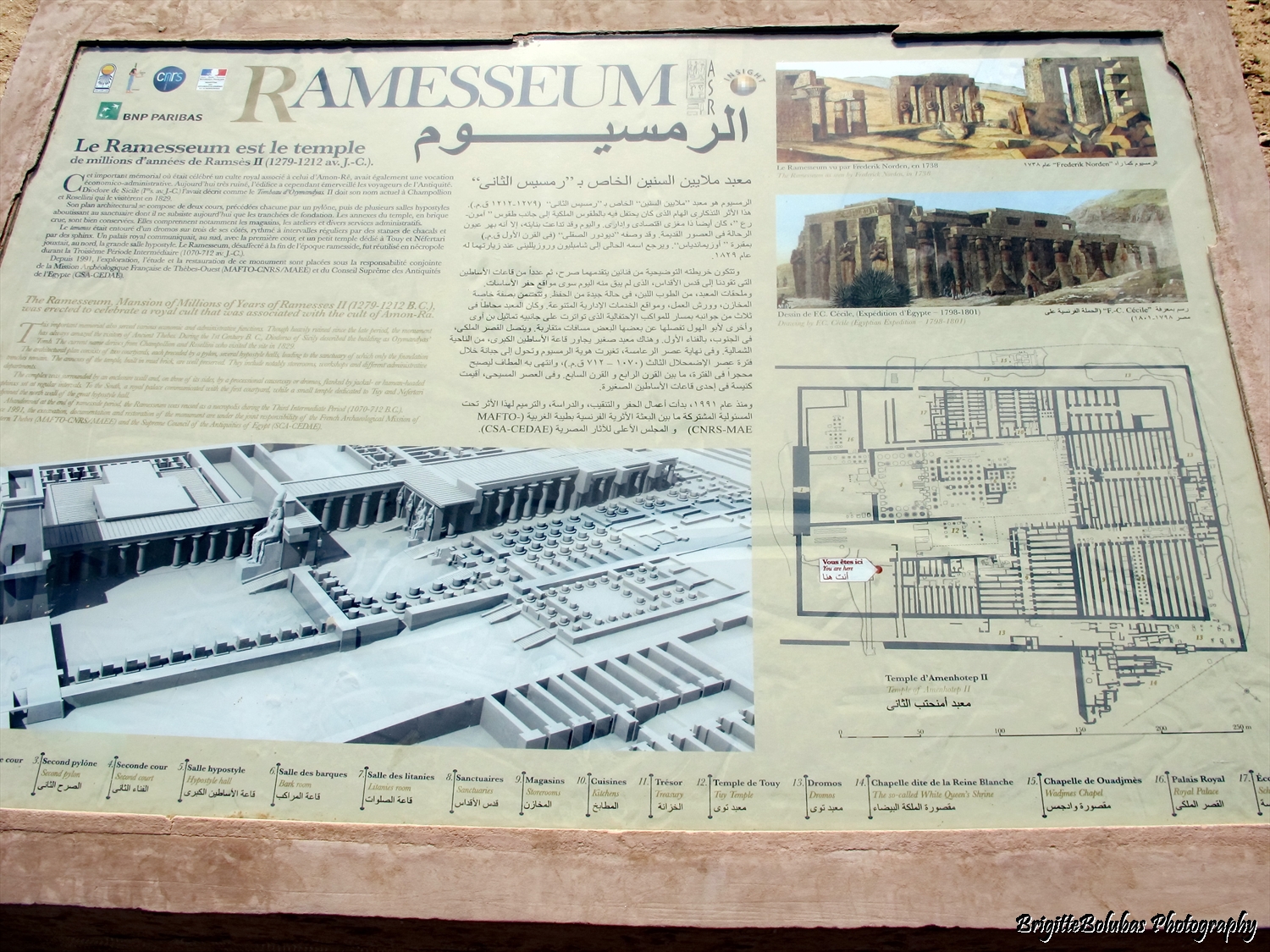
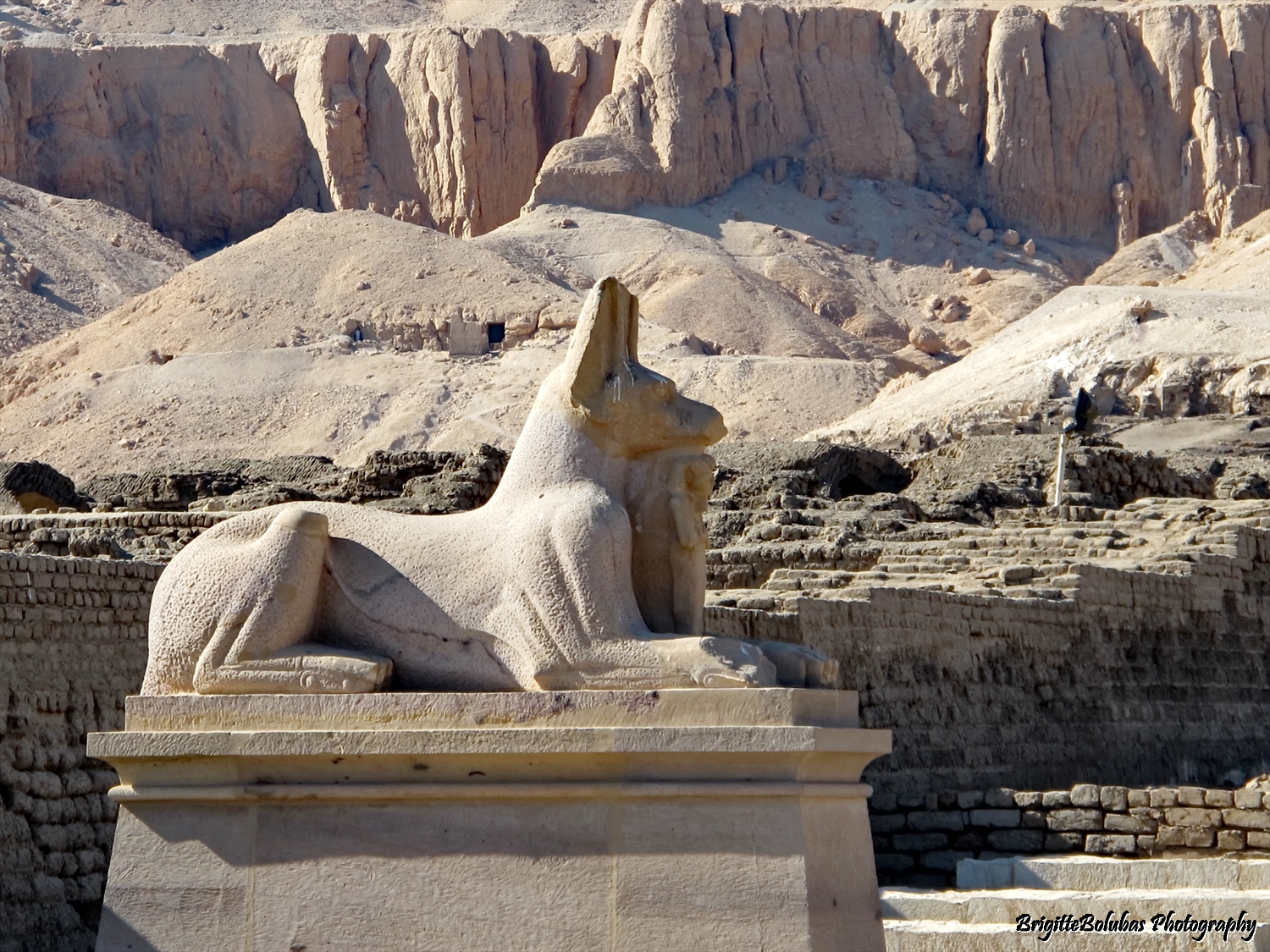

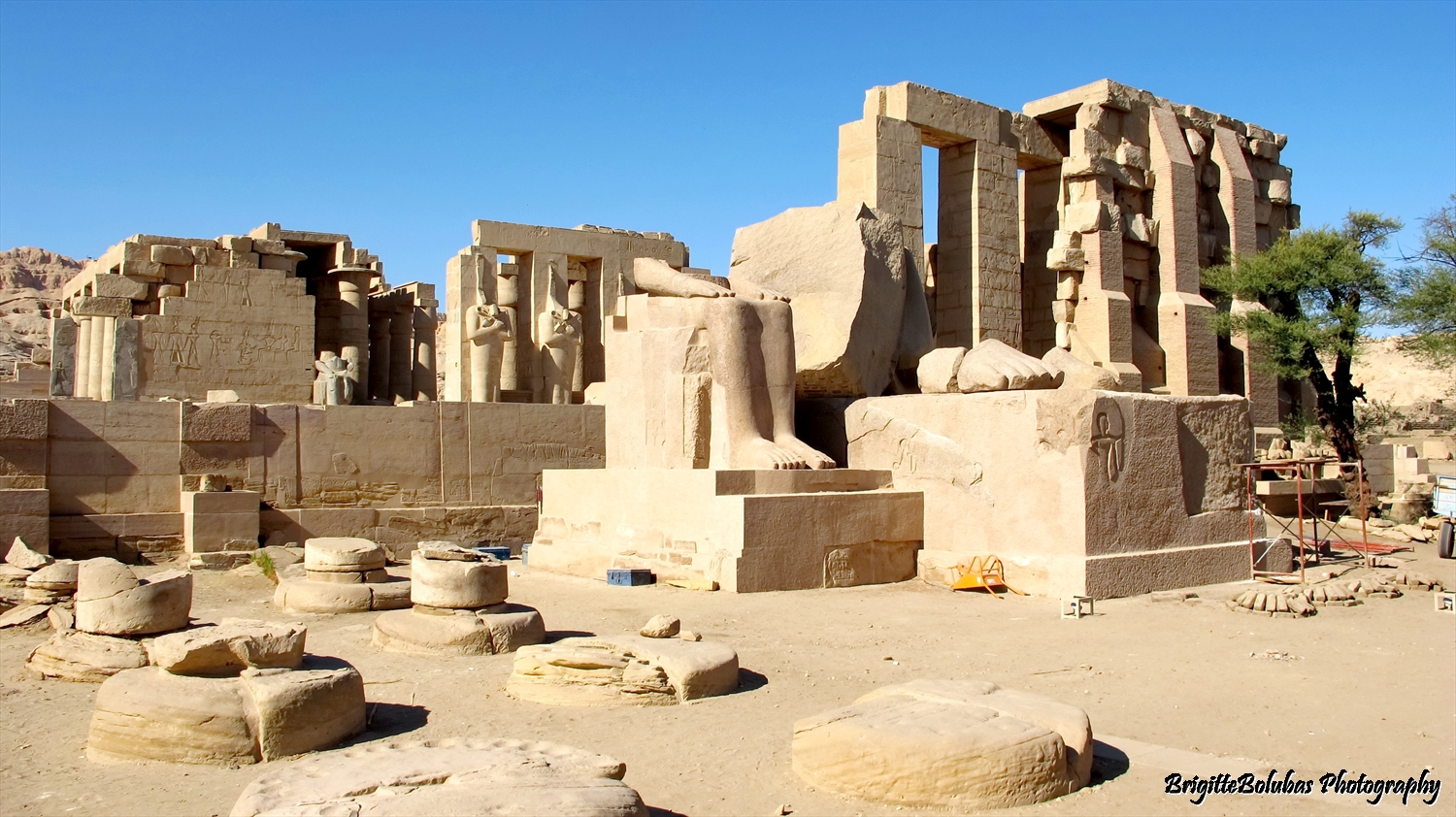
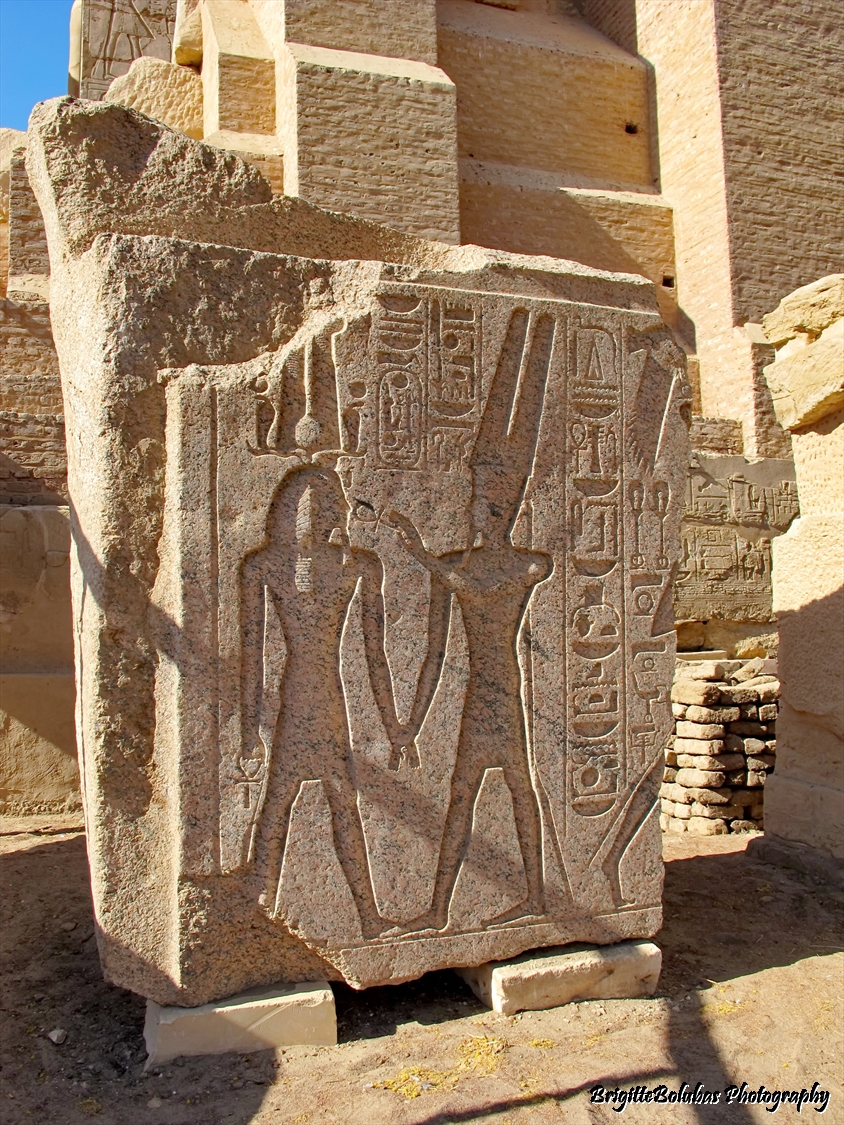

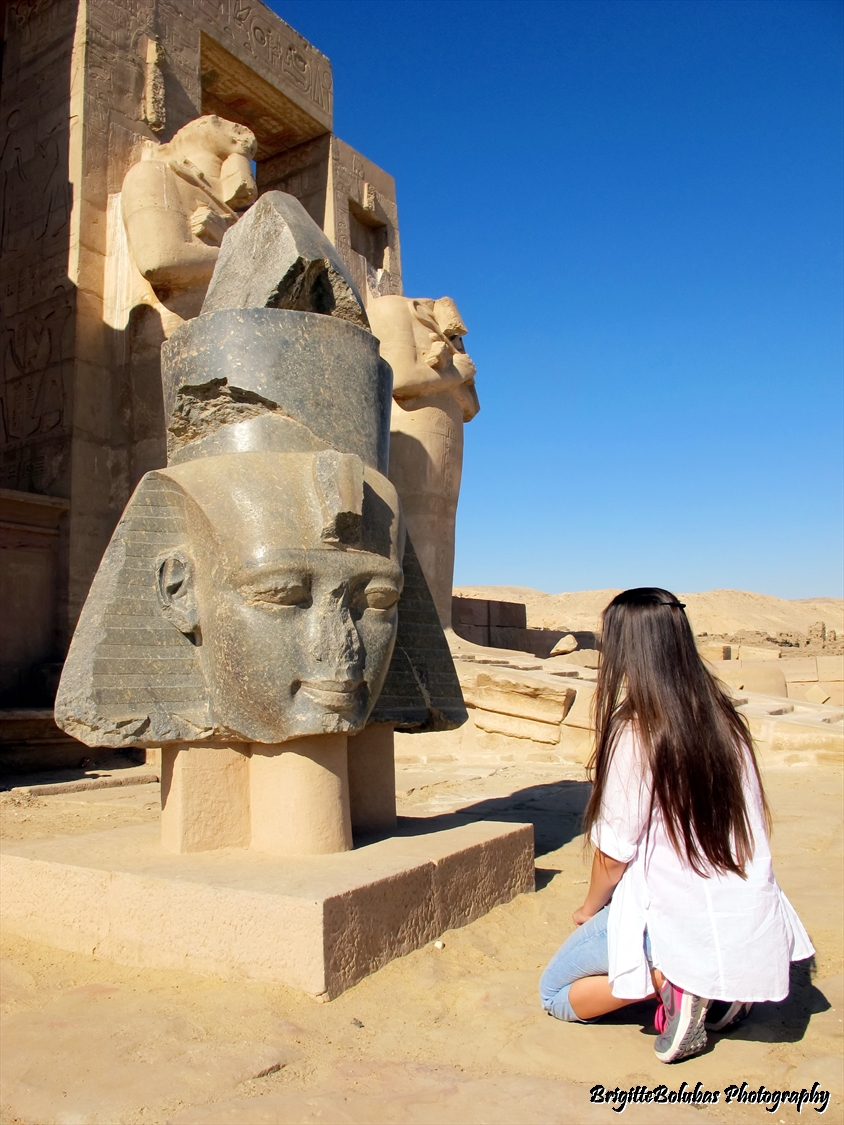
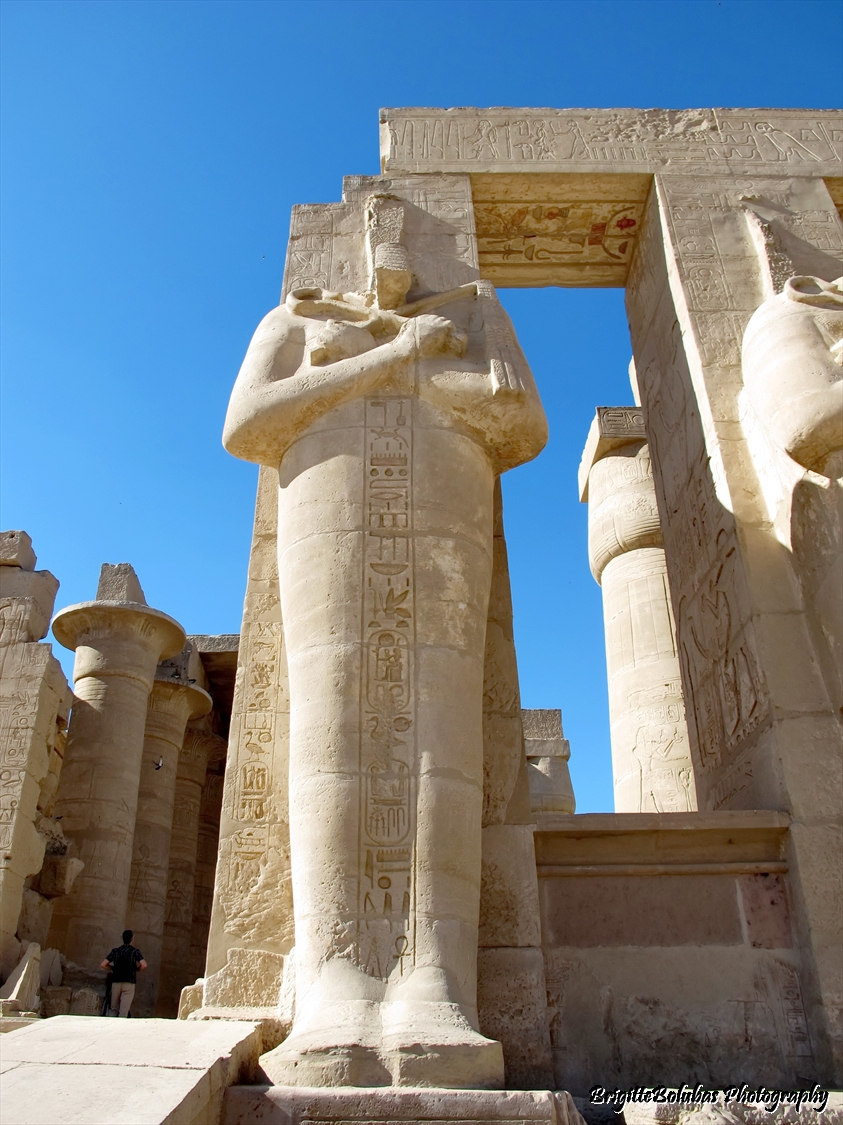
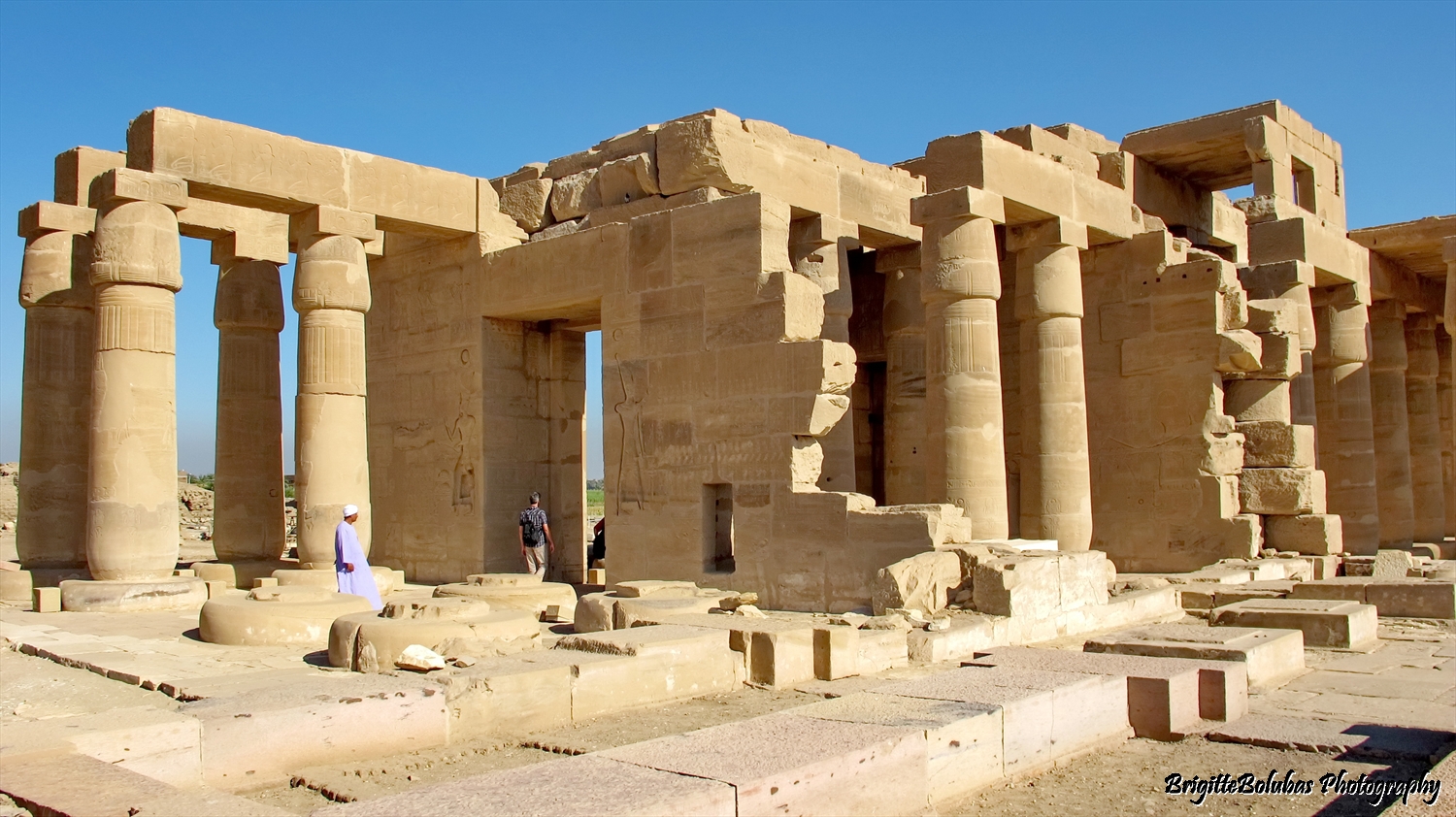

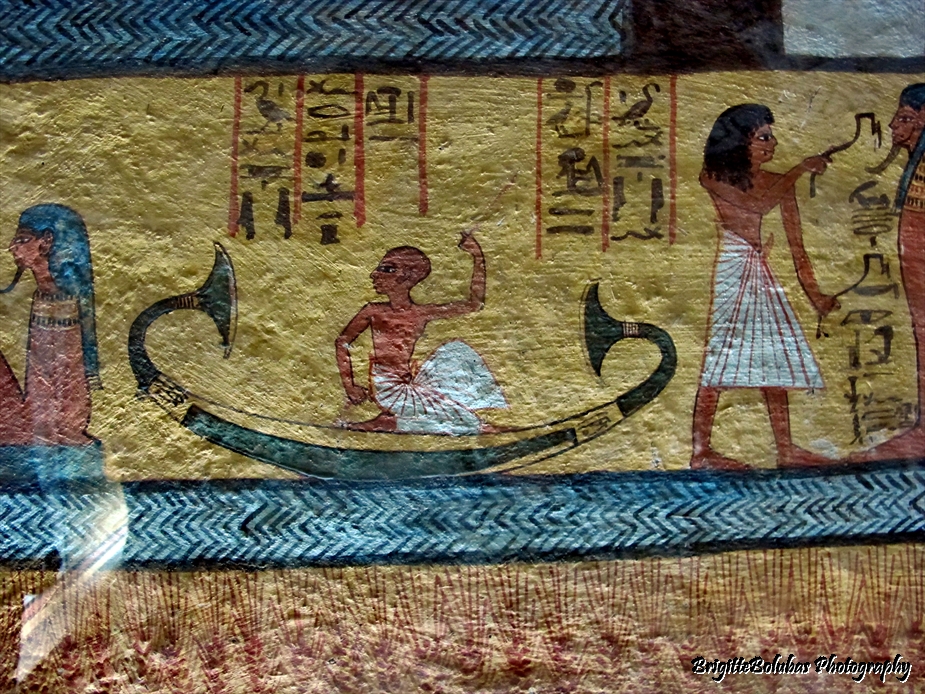
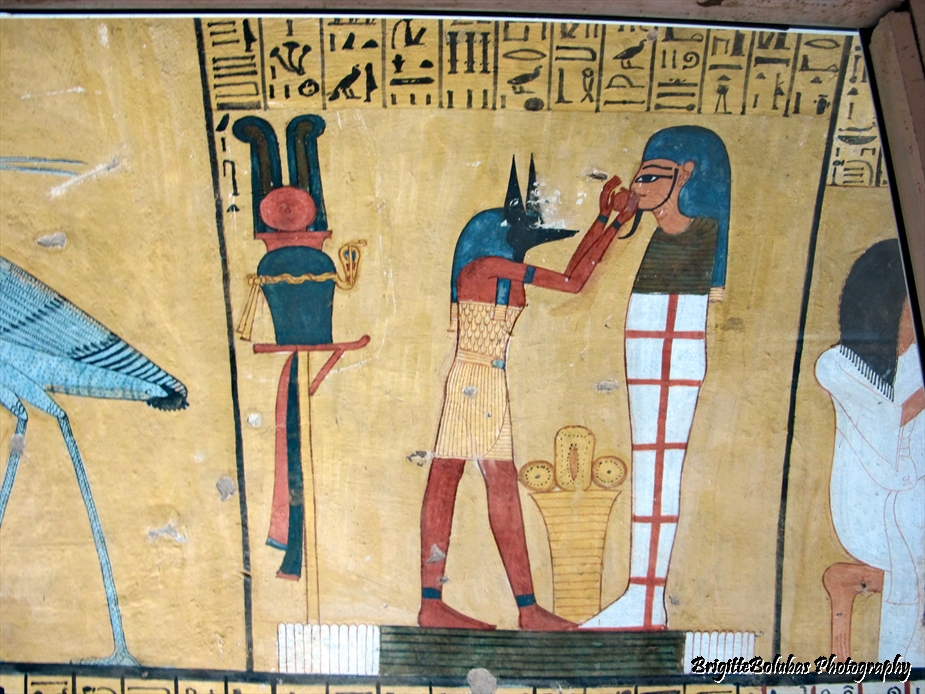
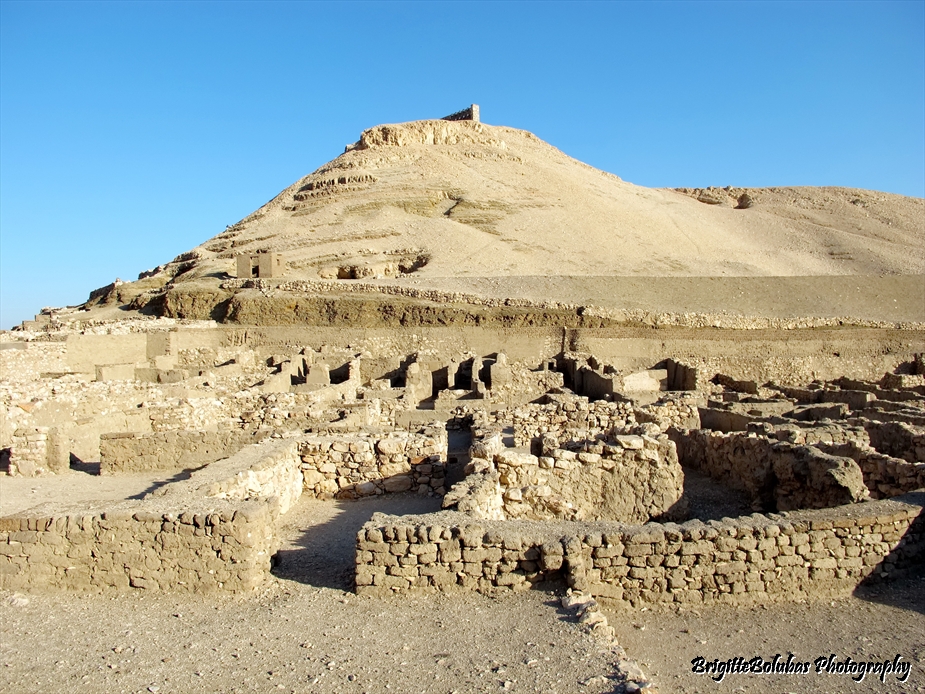
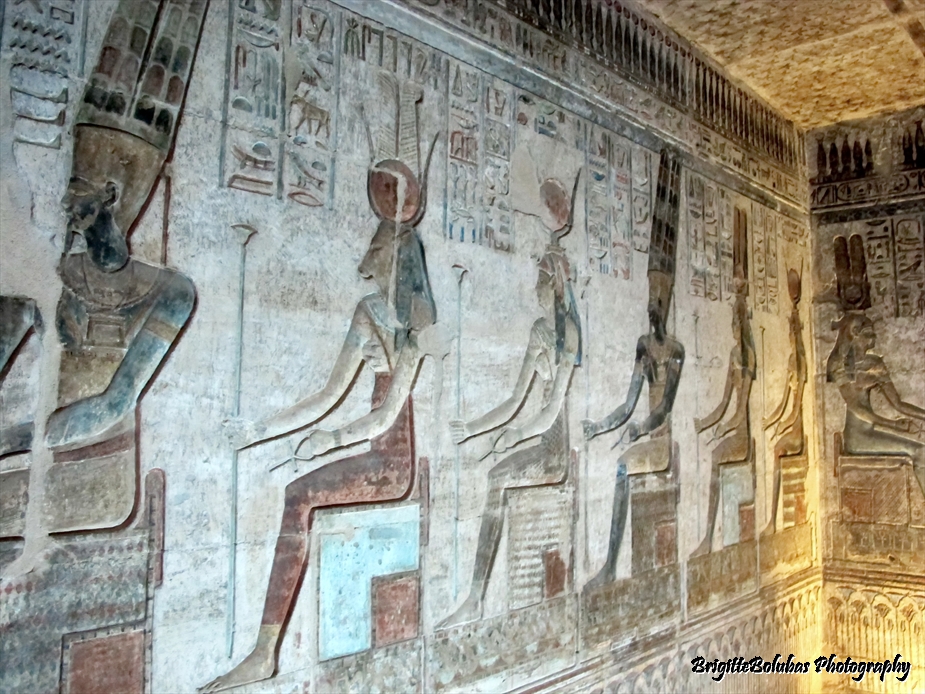
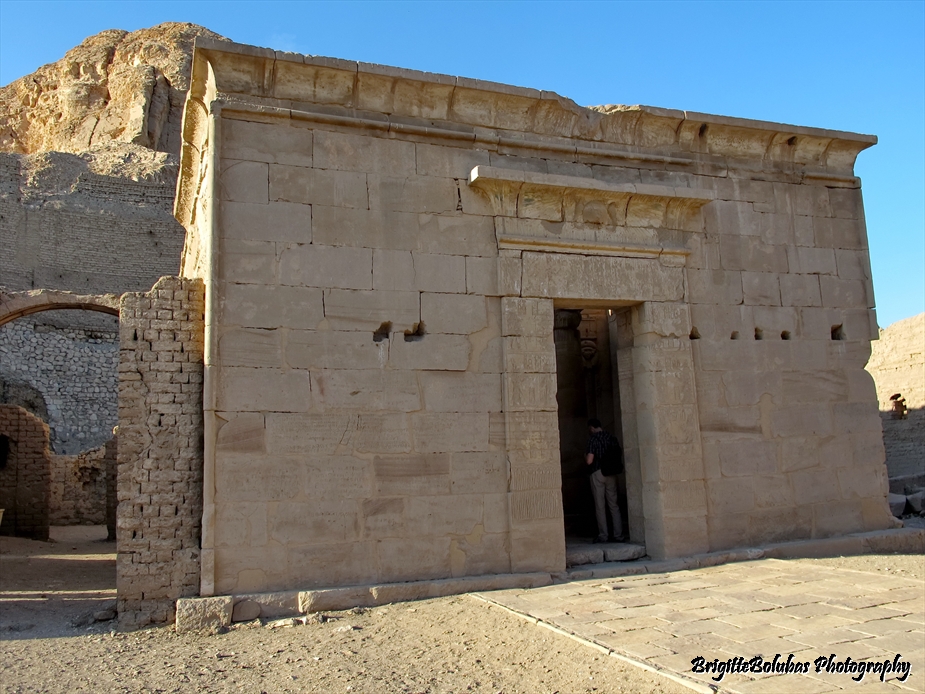
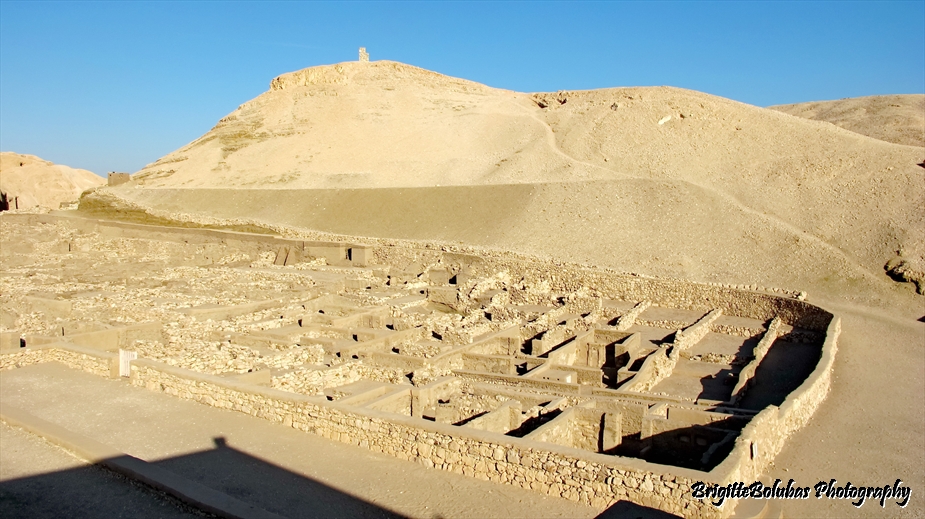
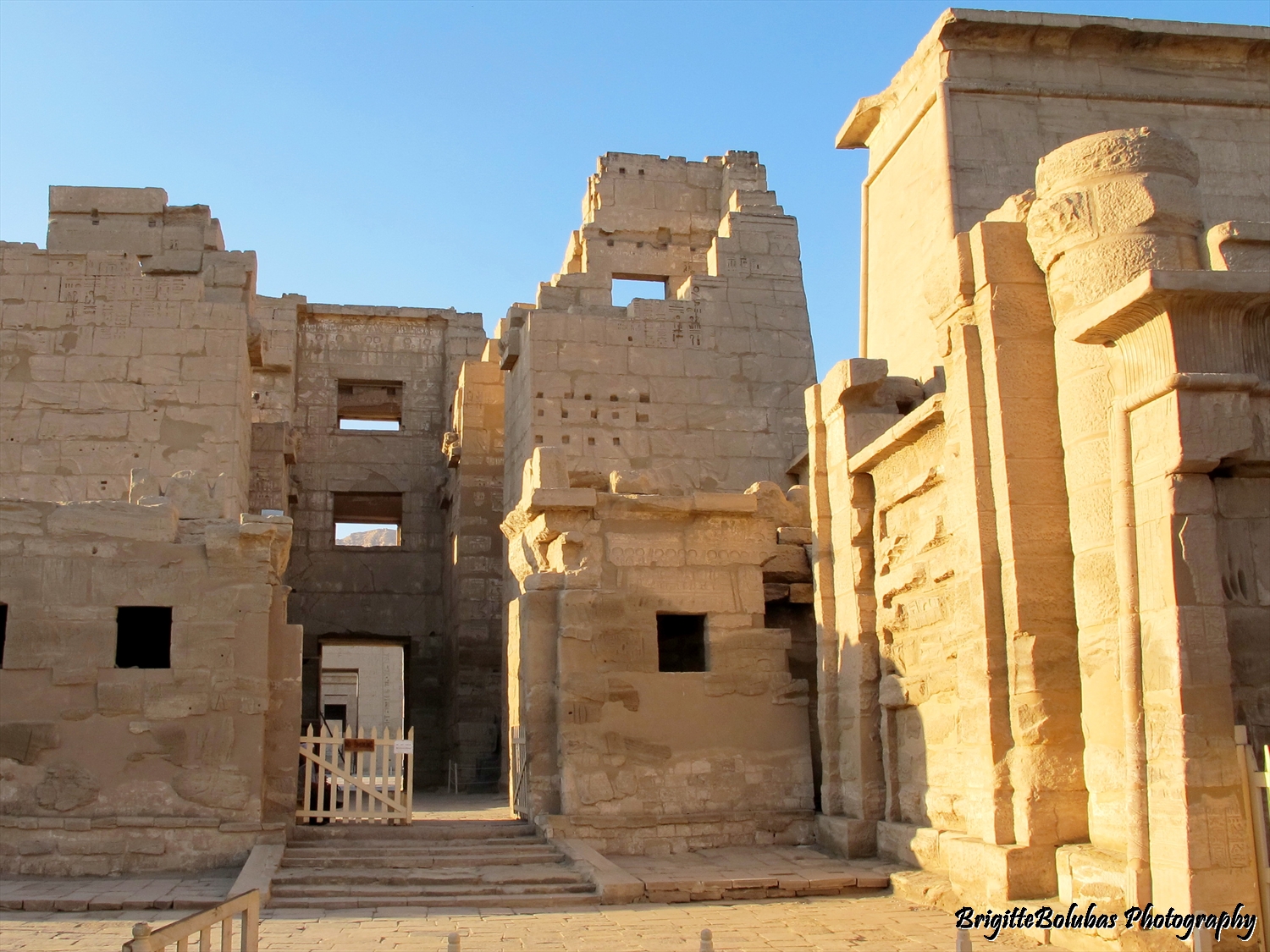

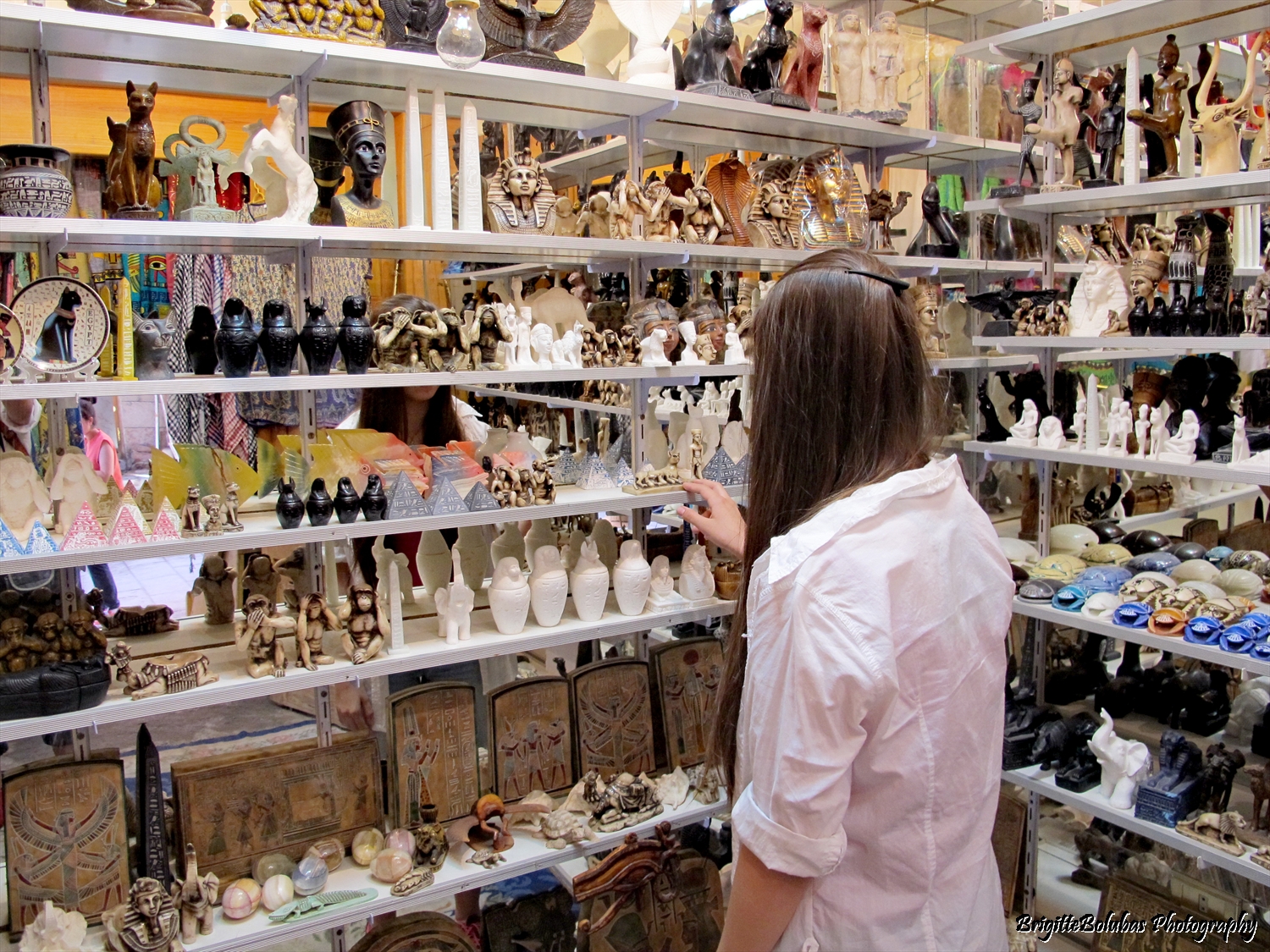
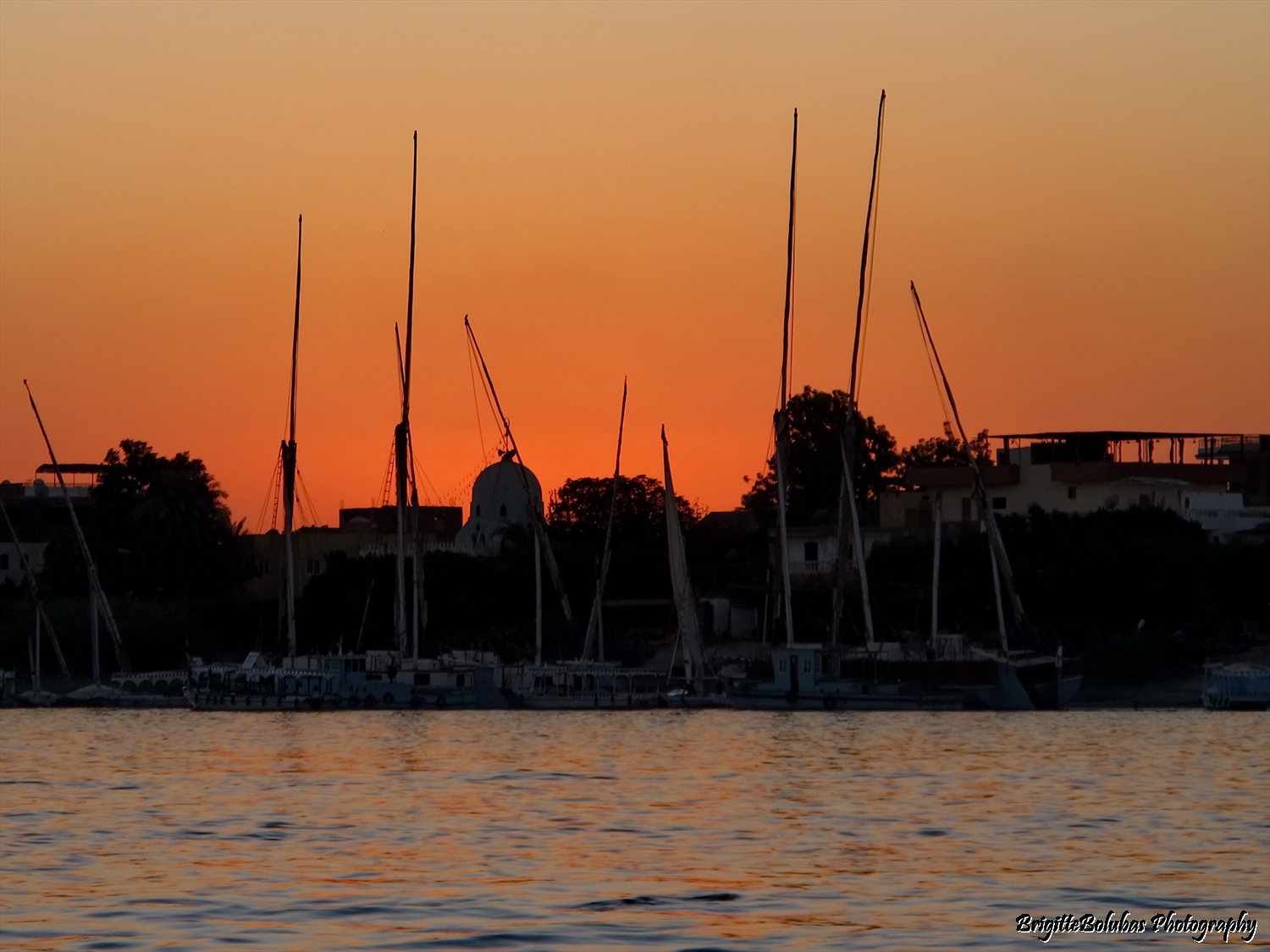

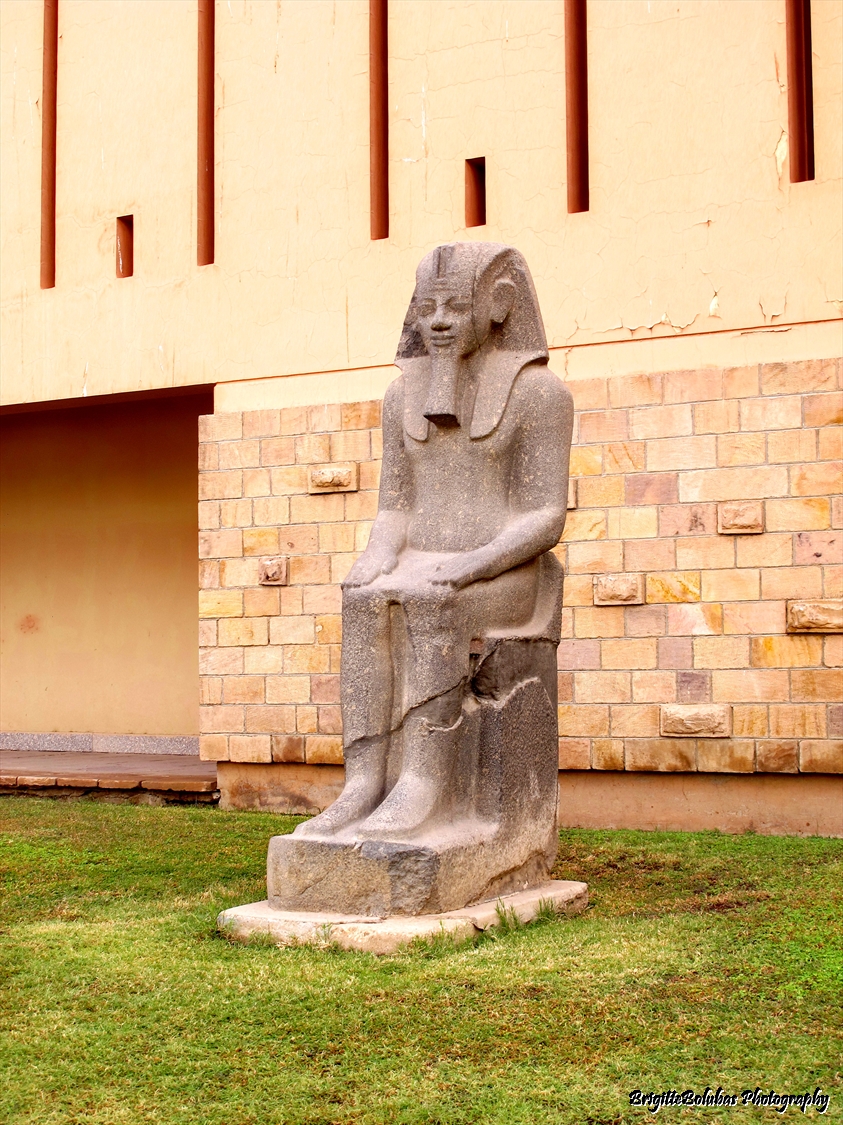
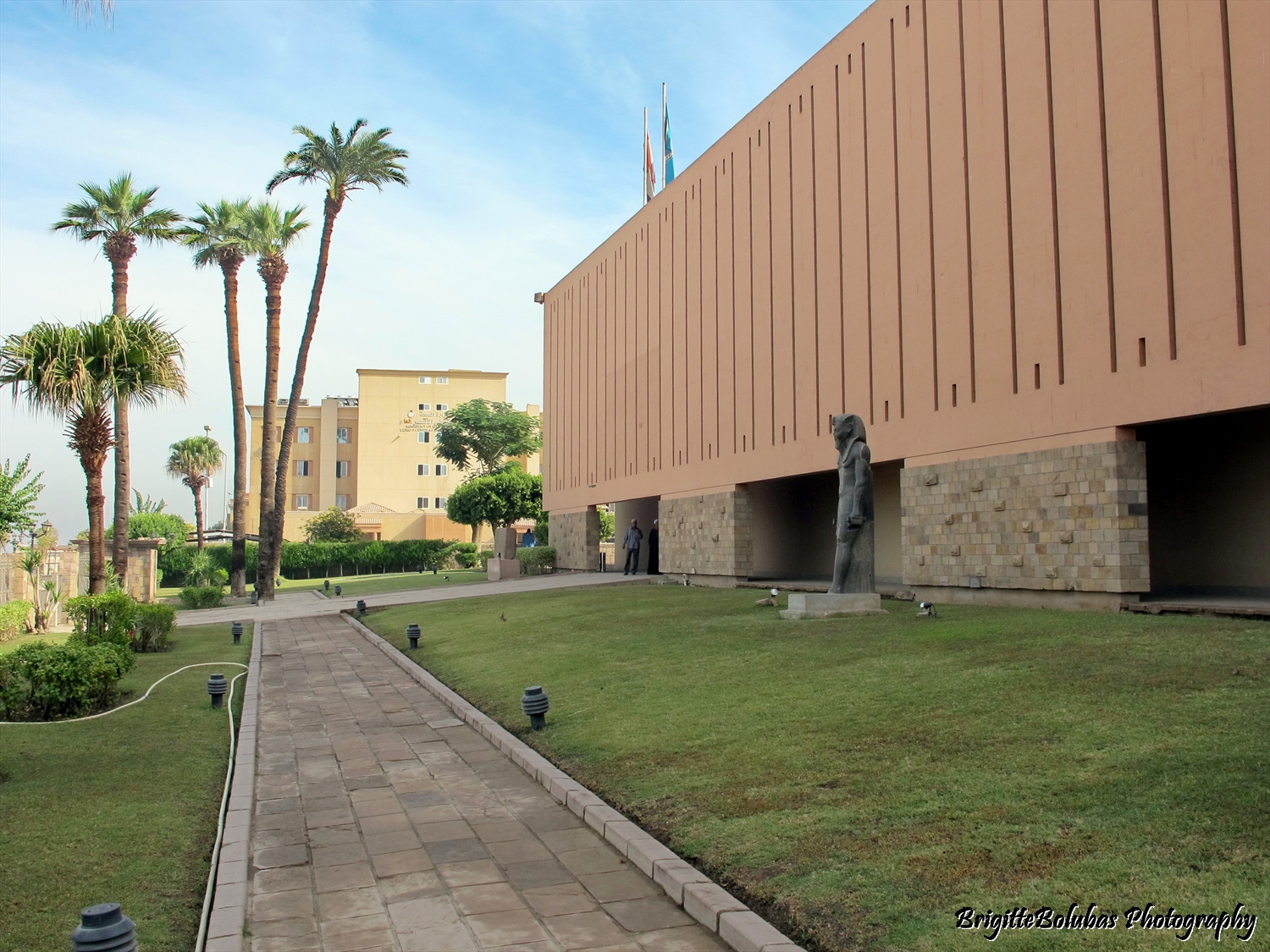
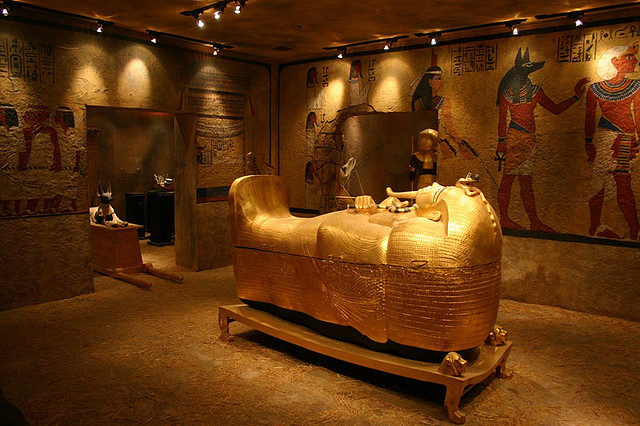
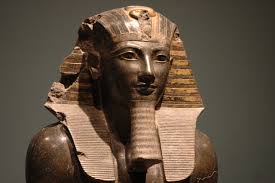
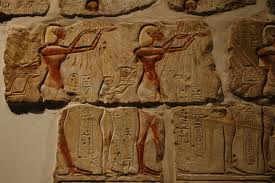
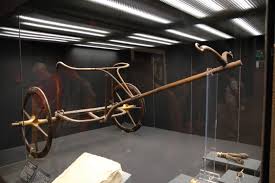

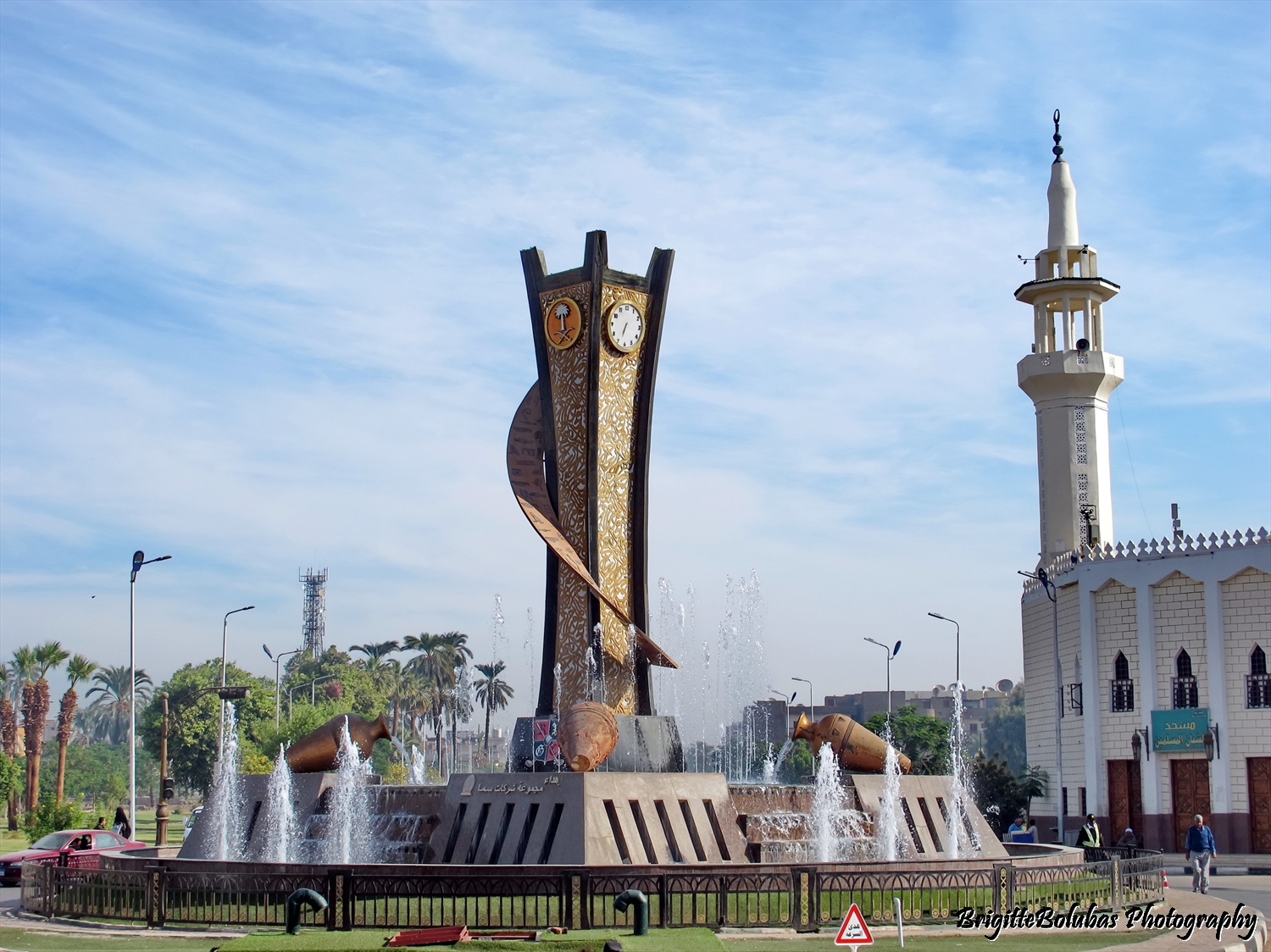
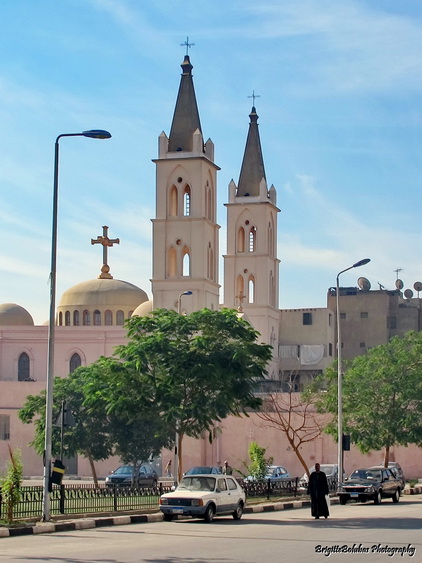
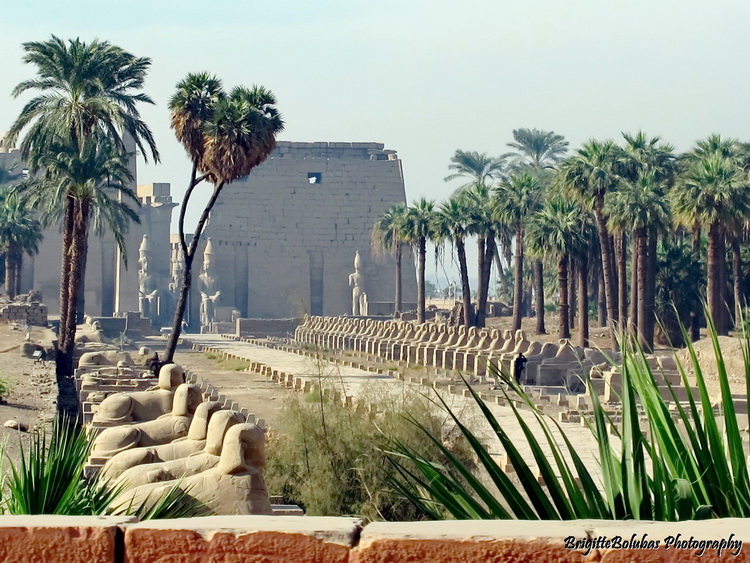
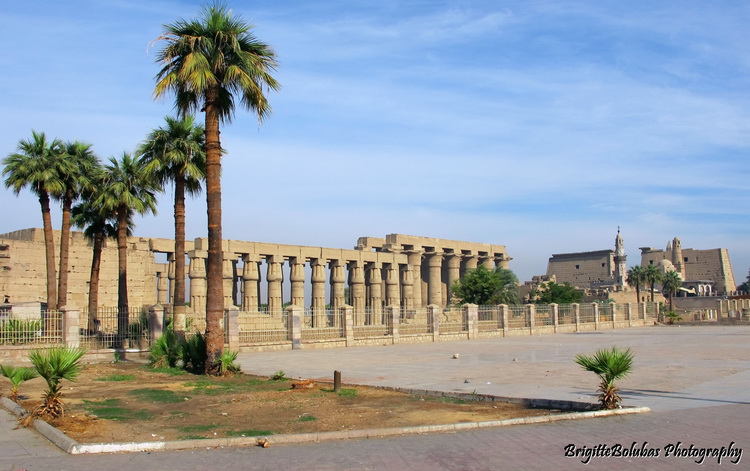


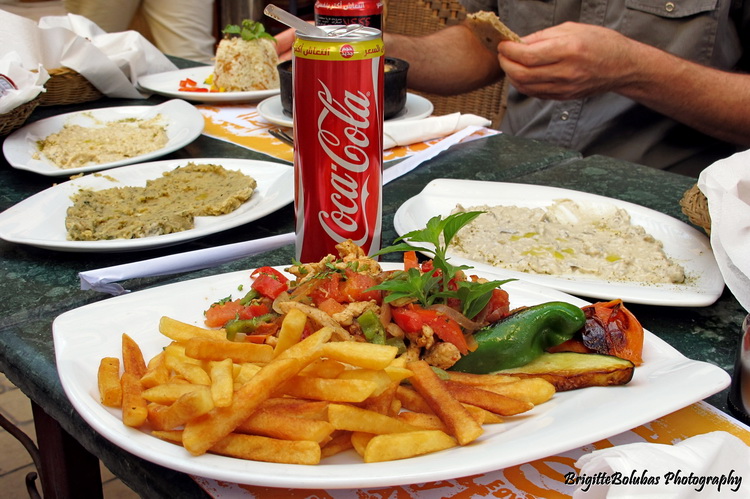

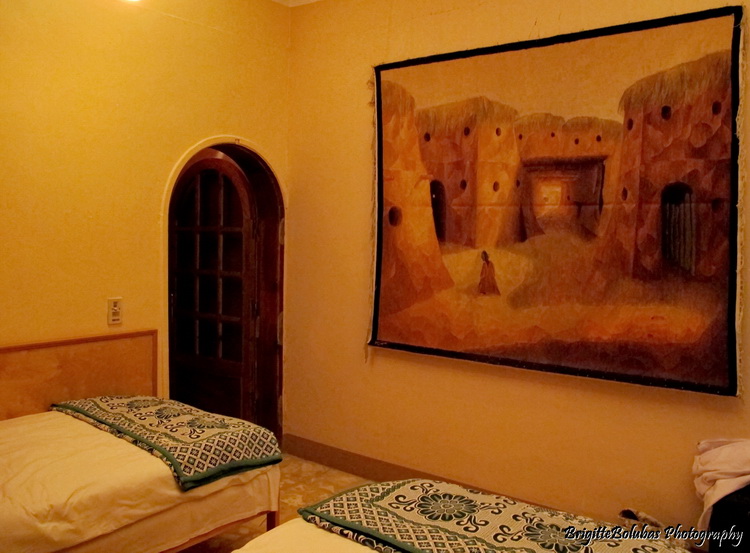
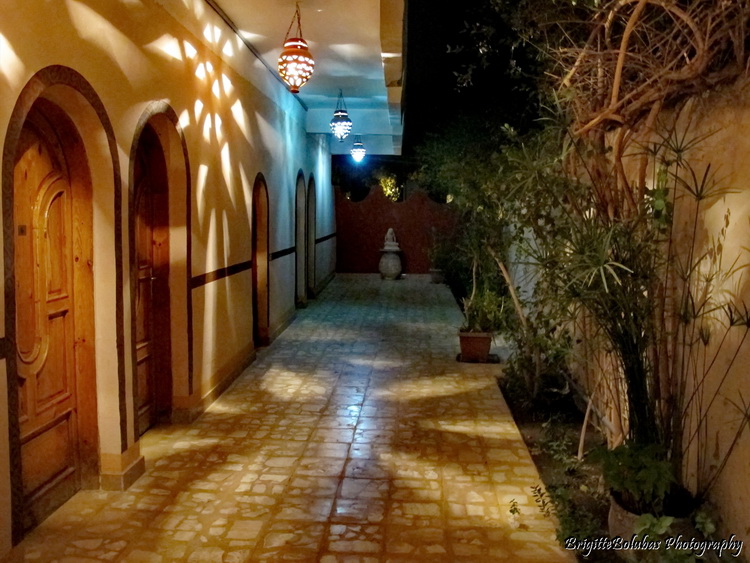
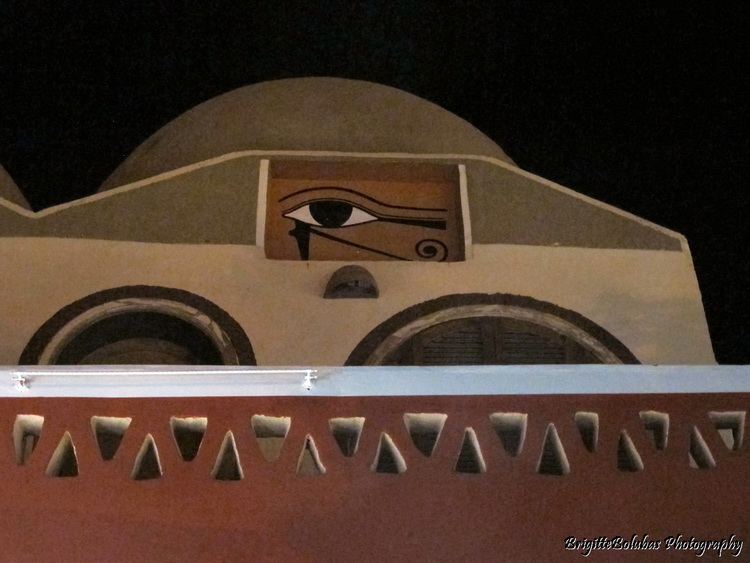

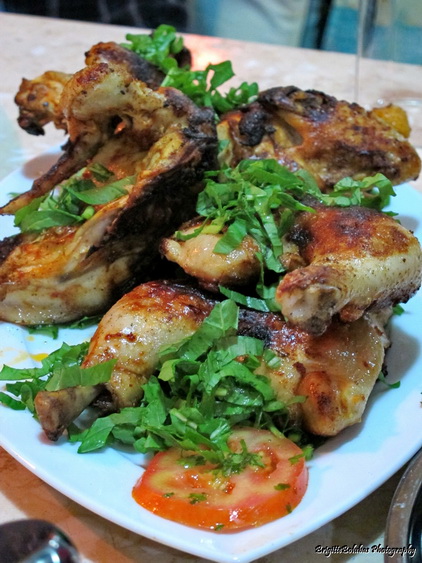

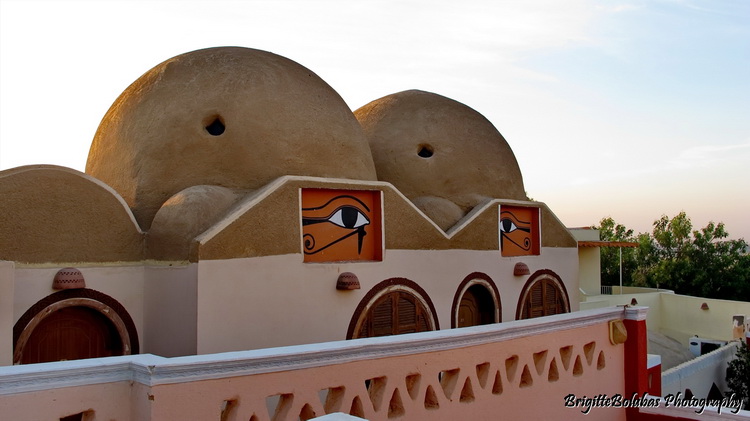

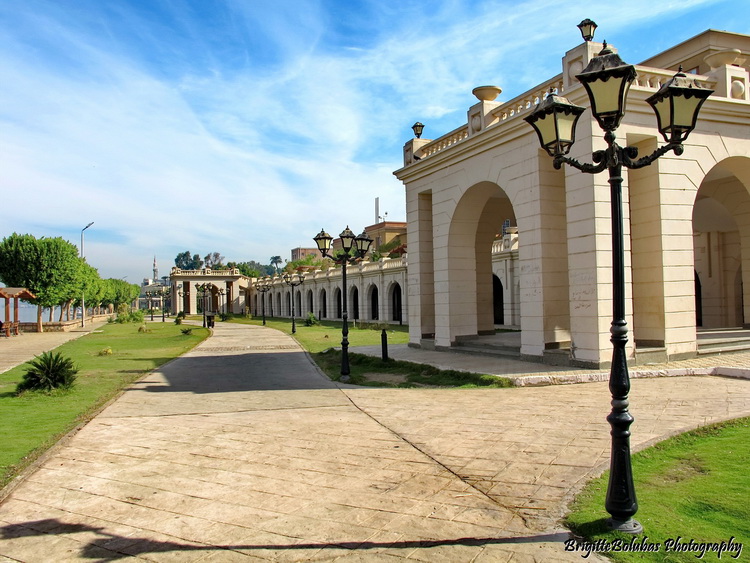

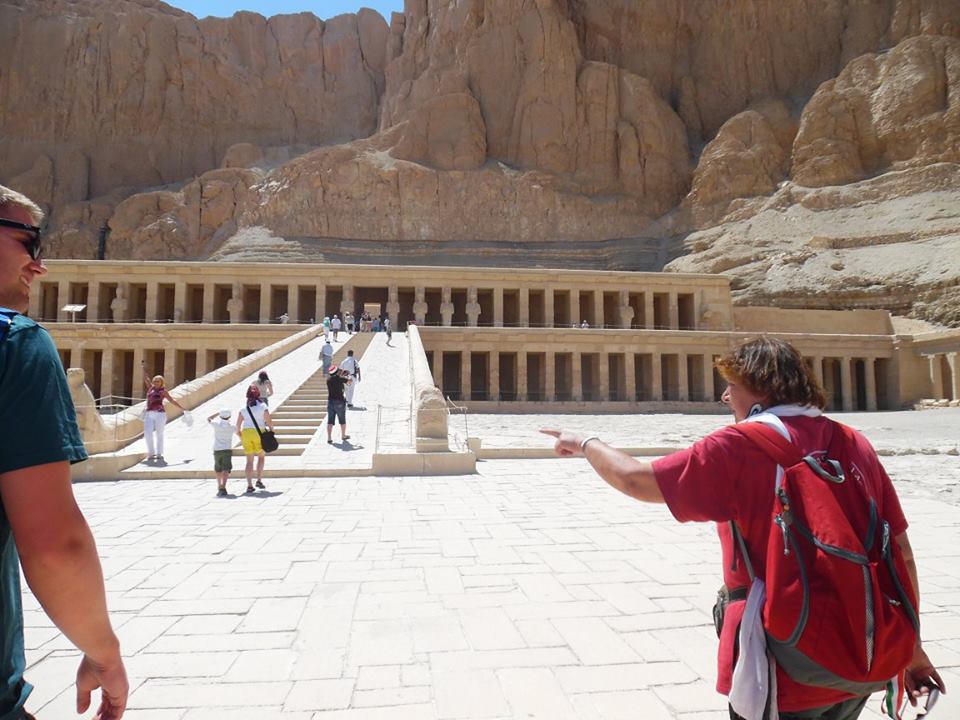

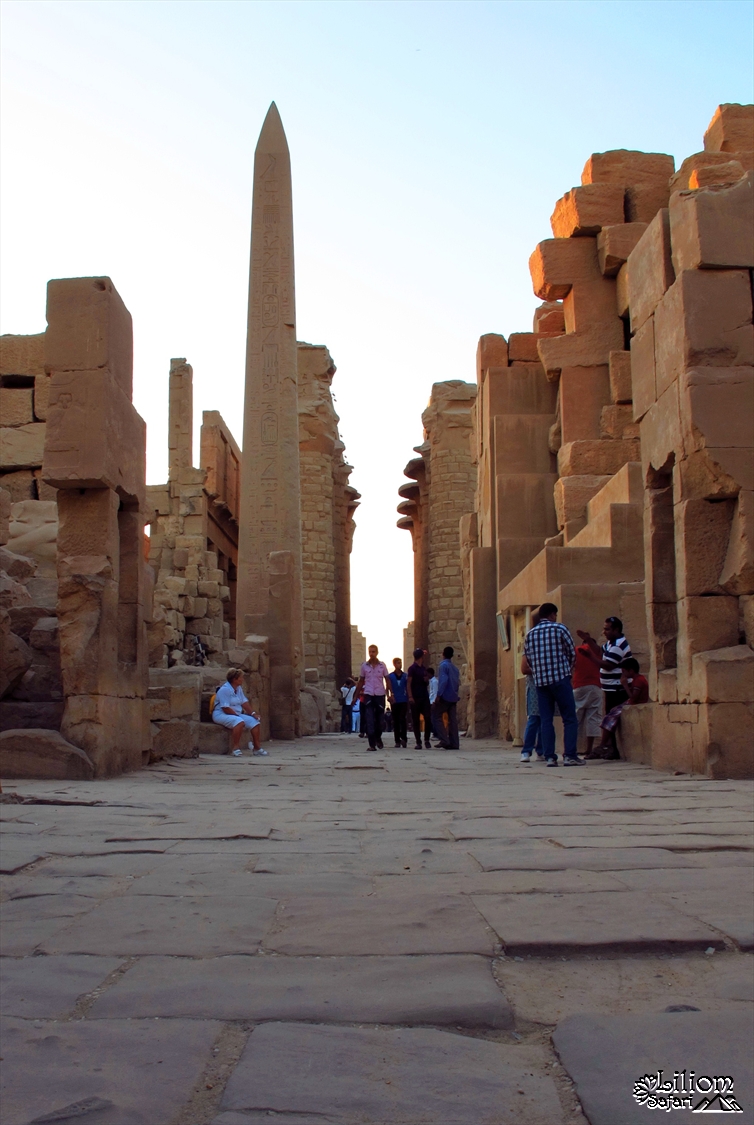
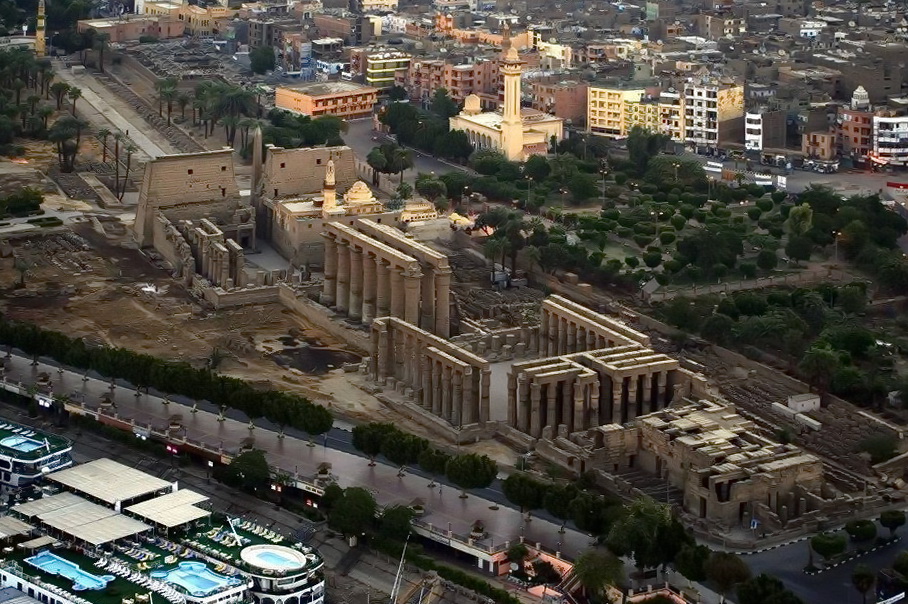
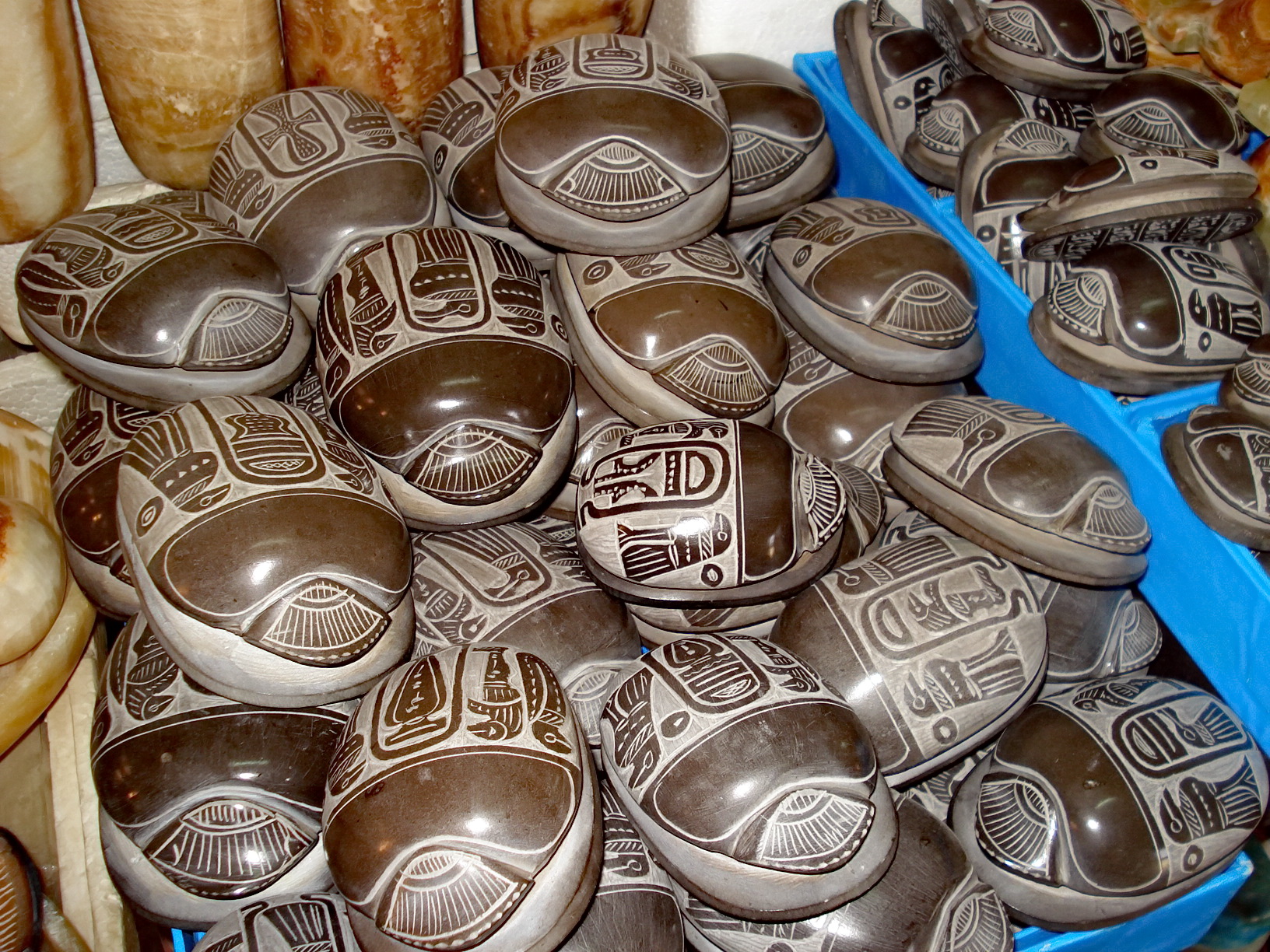

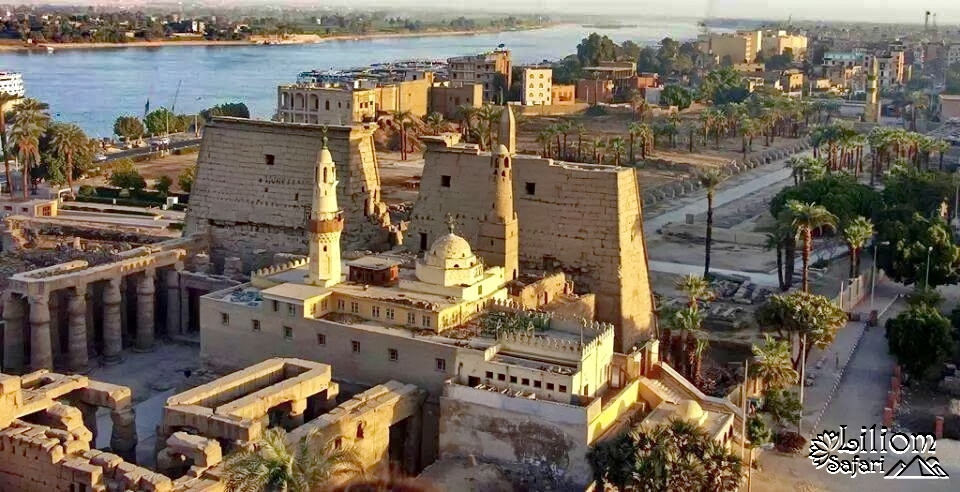
Luxor boasts the most Pharaonic monuments in all of Egypt, including the great Karnak Temple complex, one of the most amazing architectural works ever built.
Take a two-day time trip with us.
Luxor is located in Upper Egypt, which is bisected by the Nile. I dare say, my many visits are not enough to explore Luxor, so this 2-day program is just a taste of the wonder that this place in Thebes can give us.
At the height of his power, Thebes had nearly one million inhabitants. The large workforce, with its immeasurable wealth from the conquests, allowed the Thebes to build the most beautiful places of worship possible in honor of their local god, Amon, who, united with the sun god, worshiped in the form of Amon Re. These temples were built on the east bank of the Nile to greet the rising sun every morning. The west coast, where the sun sets, was the realm of the dead. Here they built the death monuments of the pharaohs revered by their subjects as gods.
Why should I choose VIP? The difference between tours called VIP and vip is huge.
• Hungarian, so well-understood tour guide, which is not limited to the basic knowledge of local leaders, interesting stories, reading hieroglyphs, research adventures;
• Faster, more convenient, more flexible, individual transfer with reliable buses and permanent drivers
• fewer guests, own pace;
• the sightseeing is the sole purpose of our sightseeing, we only visit alabaster or other workshops and shops at the request of the guest;
• quality lunch, water
• Possibility of shopping, papyrus or alabaster workshop on request
Program:
Day 1 we start our excursion to Luxor on the west coast.
Arriving in the Valley of the Kings at first glance it is nothing more than a sunburned, barren valley between the steep-walled rocky mountains. Yet it is one of the richest archaeological sites on Earth. In the most glorious age of ancient Egyptian history, almost all the pharaohs were buried here, deep in the rock, in eye-catching tombs adorned from the floor to the ceiling with mysterious images of the afterlife. These underground chambers have been filled to the brim with treasures, and even though most of them have been plundered in antiquity, it is tempting to think that perhaps there is still an untouched hiding place waiting to be discovered.
Our next stop on an adventure in history is the Temple of Hatshepsut, whose location is simply amazing. The church is made up of a series of wide, gradually rising terraces, which at the top meet the limestone wall of the bay-like valley. The mystery of the temple stems in no small part from the person of Hatshepsut himself, who was the only female pharaoh in ancient Egypt.
Our next stop on an adventure in history is the Temple of Hatshepsut, whose location is simply amazing. The church is made up of a series of wide, gradually rising terraces, which at the top meet the limestone wall of the bay-like valley. The mystery of the temple stems in no small part from the person of Hatshepsut himself, who was the only female pharaoh in ancient Egypt.
The church of TEMPLE OF SETI I was one of the most important structures on the West Bank in ancient times. Széthi's reign was a real triumphal procession. His first success was to restore order in the country. When he did this he began a vigorous expansion and annexed Cyprus and part of Mesopotamia (present-day Iraq) to the empire. In addition to his military successes, his works of art did not lag behind either. Such as the Great Hypostul Hall of Karnak (which was completed by his son Ramses II). The tomb made for Seth I is perhaps one of the most brilliant in the Valley of the Kings. The temple dedicated to Amon was originally intended as the king’s place of worship, and some of the spoils brought home from the campaigns were also stored here. Only the central part of the building remains. Meanwhile, the church is also surrounded by modern life.
The reputation of the Ramesseum (Ramesseum) far surpasses its physical reality. “As for the great monuments, this is the noblest in Thebes,” wrote the famous Egyptologist Jean-Francois. Reputation of the builder II. It is thanks to Ramses, who was the most powerful of all the rulers and who wore the double crown of Egypt on his head for 60 years. Its construction began shortly after Ramses ascended the throne and was completed sometime in the 22nd year of his reign. The Ramessum is intended to commemorate the immortality of the pharaoh, and in addition to its main church, there were also two sub-churches, one for its mother Tuja and the other for his wife Nofertari.
Every effort was made to make it the most magnificent edifice of all time, but later dynasties carried away the stones of the Ramessum to incorporate them into their own temples. What remained was the prey of Christians who transformed it into their own church. Today only II. There are parts of the main church of Ramses.
Lunch on the banks of the Nile During our one-day or multi-day VIP program in Luxor, of course, you also need to relax and eat. Our great little restaurant offers us simple but even tastier food with a warm welcome. While we eat, we can get some felucca for lentils, or just the Luxor temple on the other side.
We continue our journey to Luxor after lunch on the west coast, the next stop on our historical adventure Deir El Medina is the city’s monastery, a workers ’settlement. How many majestic temples and tombs proclaim the memory of the kings and nobles of ancient Egypt on the west coast. But who built them? There is little information about most of the masters and artisans, but there is one exception to this Deir El Medina, where workers working on the construction and decoration of monuments lived and were buried. Excavations here have uncovered a worker village of about 70 residential buildings surrounded by a wall. Next to the village is a small necropolis - cemetery. The tombs here consist of a walled courtyard and chapel. Above the chapel, some erected a tiny pyramid. To the west are graves carved into the rock on the side of the valley. 3 of them are open to the public and definitely worth a look, their murals are beautiful. Photography has been forbidden in the graves for several years!
One of the graves of Inherkhaué, who III. and IV. He was a forerunner during the reign of Ramses. The second tomb, Tomb of Sennedjem, is the servant of the Place of Truth, the third tomb, slightly on the side of the hill, is the tomb of Peshedu, who was also the servant of the Place of Truth. Above the village stands a Ptolemaic church built in honor of Hathor.
The last and closing highlight of the day is the city of Habu- Habu in Medinat. Tourist groups usually pass by Medinat Habu, although it is one of the most beautiful and best preserved monuments. No one can really tell you where his name came from. III. Ramses was built as the base of power for the last great pharaoh. It was the administrative center of the area. Later, during the Christian era, a Coptic city with churches and residences was built in and around the complex. We enter the area through the Great Gate, under a three-story tower reminiscent of a Syrian fortress alien to the Pharaonic style. In the first courtyard we can see the chapels of Amon's divine spouses, but his eyes are quickly drawn to him III. Church of Ramses.
We can end our long day with a Nile ride - for an extra fee - then head to our lovely little hotel.
But before we reach it, we stop for a brief contemplation at the Colossi of Memnon. The two famous statue colossi (Colossi of Memnon) were carved from a single block of stone, 18 meters high, and in ancient times were famous for the northern statue making a bell-like sound at sunrise. Because of the mysterious sounds, the Greeks believed that the statues depicted the immortal Memnon, who greeted his mother, the goddess of dawn, East, with a song every morning.
Our hotel is simple, but a gem in the desert, a refreshing oasis, a majestic dinner, fluffy soft pillows and blankets are waiting for us, maybe a refreshing beer, tea before bed because we deserve it! blush
After breakfast on the 2nd day, head to the east coast to admire the upcoming historical sights of our Luxor sightseeing. We begin our day at the Temple of Karnak in Luxor, which the ancient Egyptians called Ipet-sut, the Most Perfect Place. Even though it is in a dilapidated state, its remains offer a stunning view. It was built in several phases and every generation of rulers added something. The resulting complex of shrines, pavilions, pylons and obelisks is a huge stone-cast archive of history. From Karnak Temple we continue to Luxor Temple. Its floor plan is concise and simple, it can be visited in as little as an hour, but due to the richness of the reliefs (relief) and the sublime tranquility of the place, it is worth spending more time on it.
Our last stop is the Luxor Museum, which is clearly the best museum in Egypt, although it is only a fraction of what is on display at the Egyptian Museum in Cairo, but it is precisely this advantage. the treasures were exhibited here in a well-thought-out system, in a beautifully lit, air-conditioned environment. Worth a look, unfortunately no photos can be taken here either!
Having our late lunch, we are slowly returning to Hurghada to spend our historic Luxor trip relaxing with a swim in the next few days.
Important information
You will need a copy of your passport (name, passport number) to make the trip. Our VIP Luxor 2-day sightseeing program is led by our Hungarian-speaking Egyptologist, so the price of the program includes it!
Included
Air conditioned; a bus transfer of the size of the group, led by a Hungarian-speaking Egyptologist, and tickets.
To be paid separately: soft drinks for meals, entrance to the Tuthankhamon tomb chamber 300 HP / person, photography, video recording fee, tips.
Departure from the hotel
early dawn
Arrival at the hotel
Day 2 in the early evening
Our suggestion:
Wherever we head, a bottle full of water is an essential accessory for the trip!
Appropriate clothing for the place, clothing recommended for ladies are a skirt under the knee, trousers and a shoulder top, a top with a neckline, a scarf, comfortable closed shoes, a sweater for the bus (air conditioning). Because of the sun, we recommend that you use sunscreen, headgear, sunglasses, and of course don't forget your camera at the hotel! Warm clothing is required during the winter!
Program days: Ask for our optional price list, which is included
Age limit for children: 4-11.99
Write to us: nyaralas@liliomsafari.com
We reserve the right to change the program! Lily Safari wishes you a meaningful and pleasant holiday! :)
Írjon véleményt a programról :





